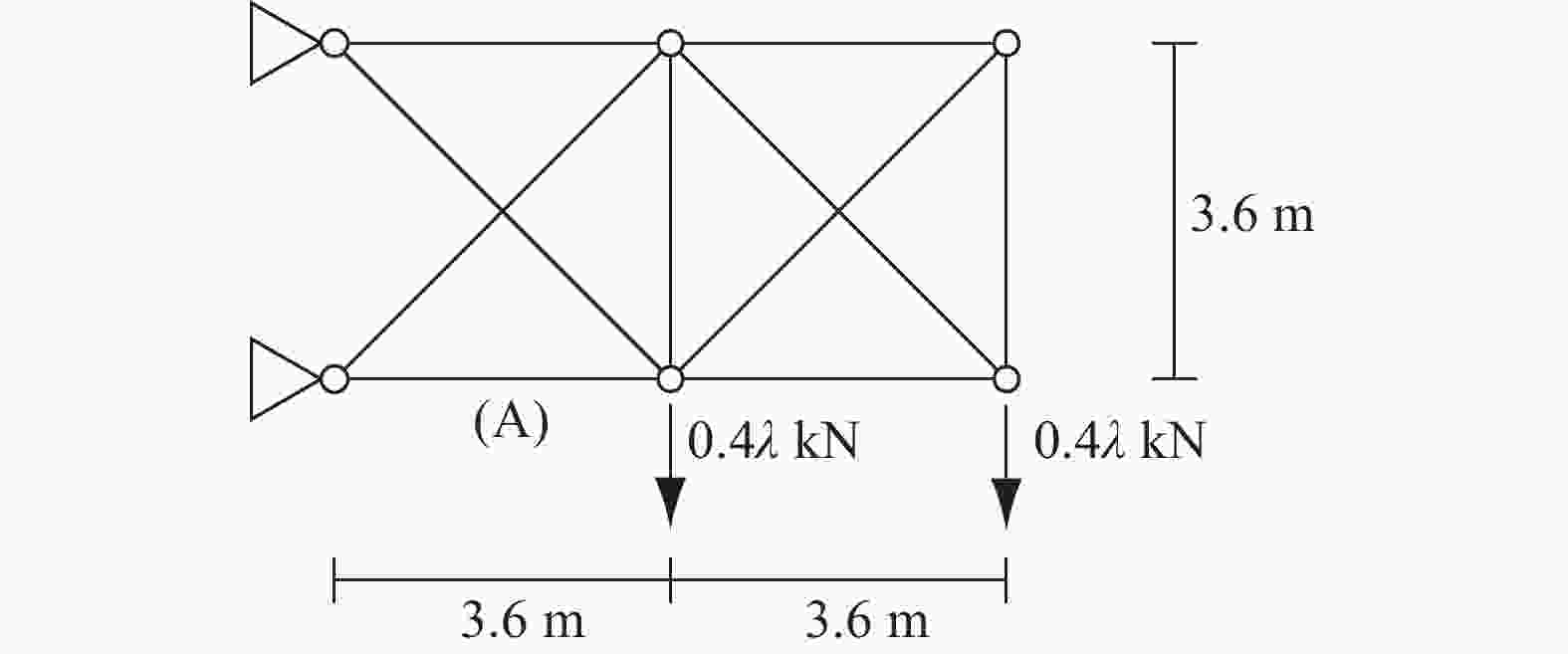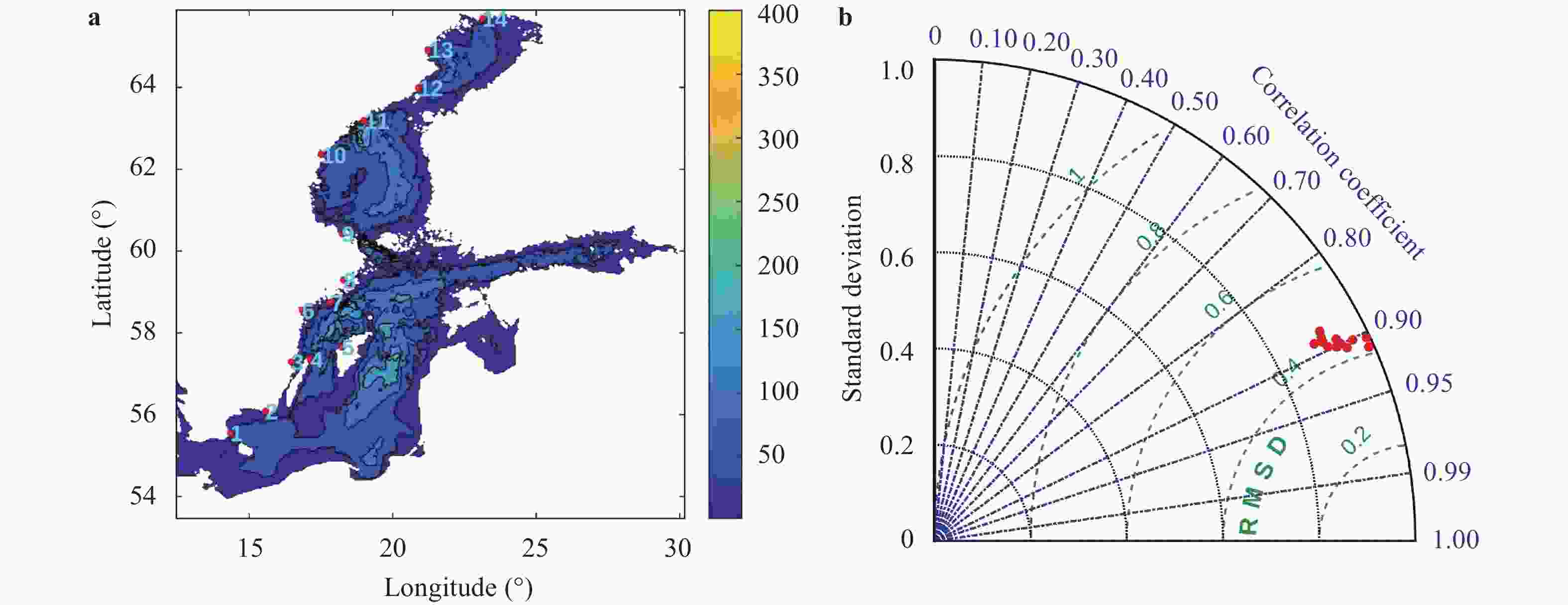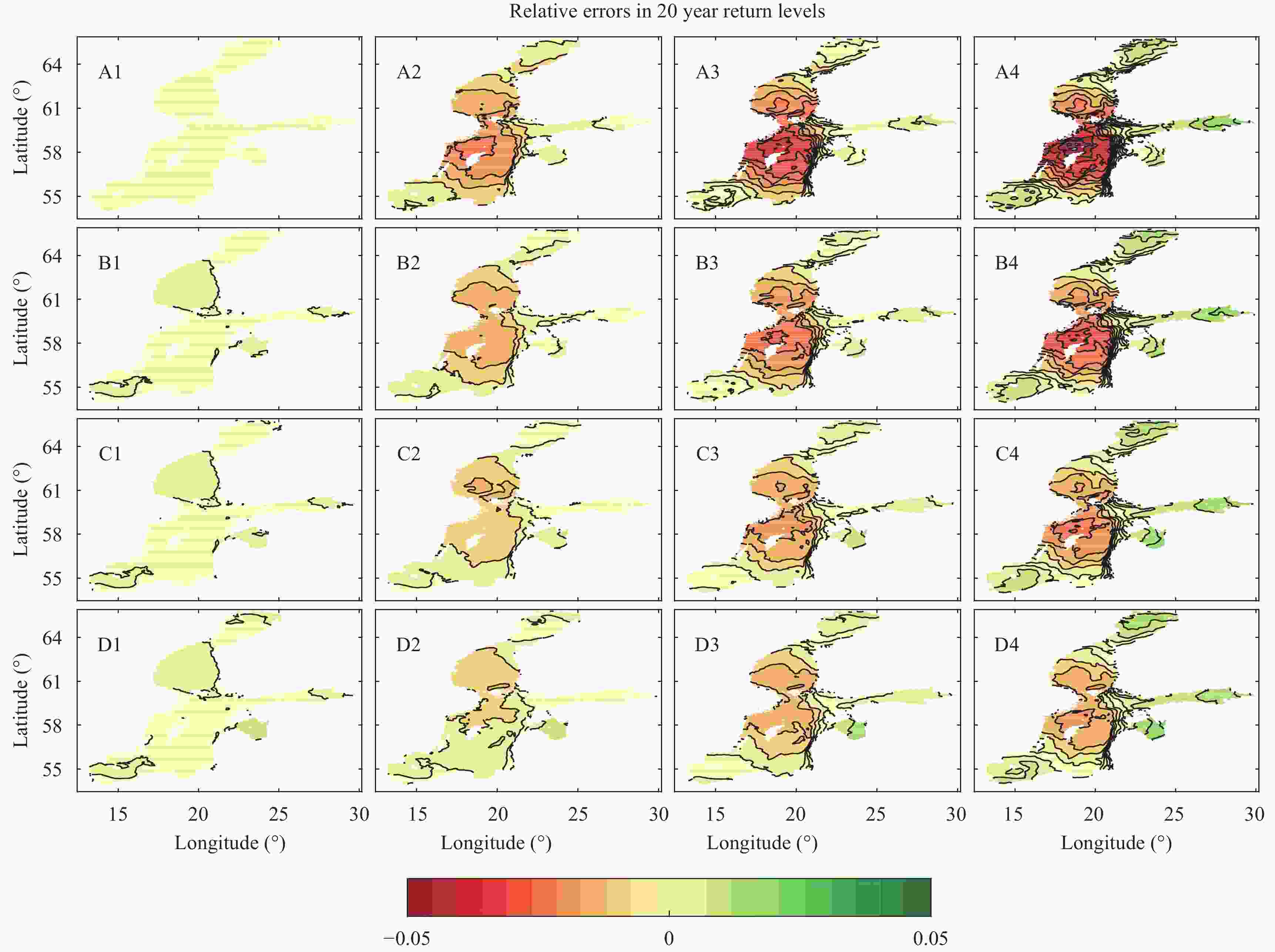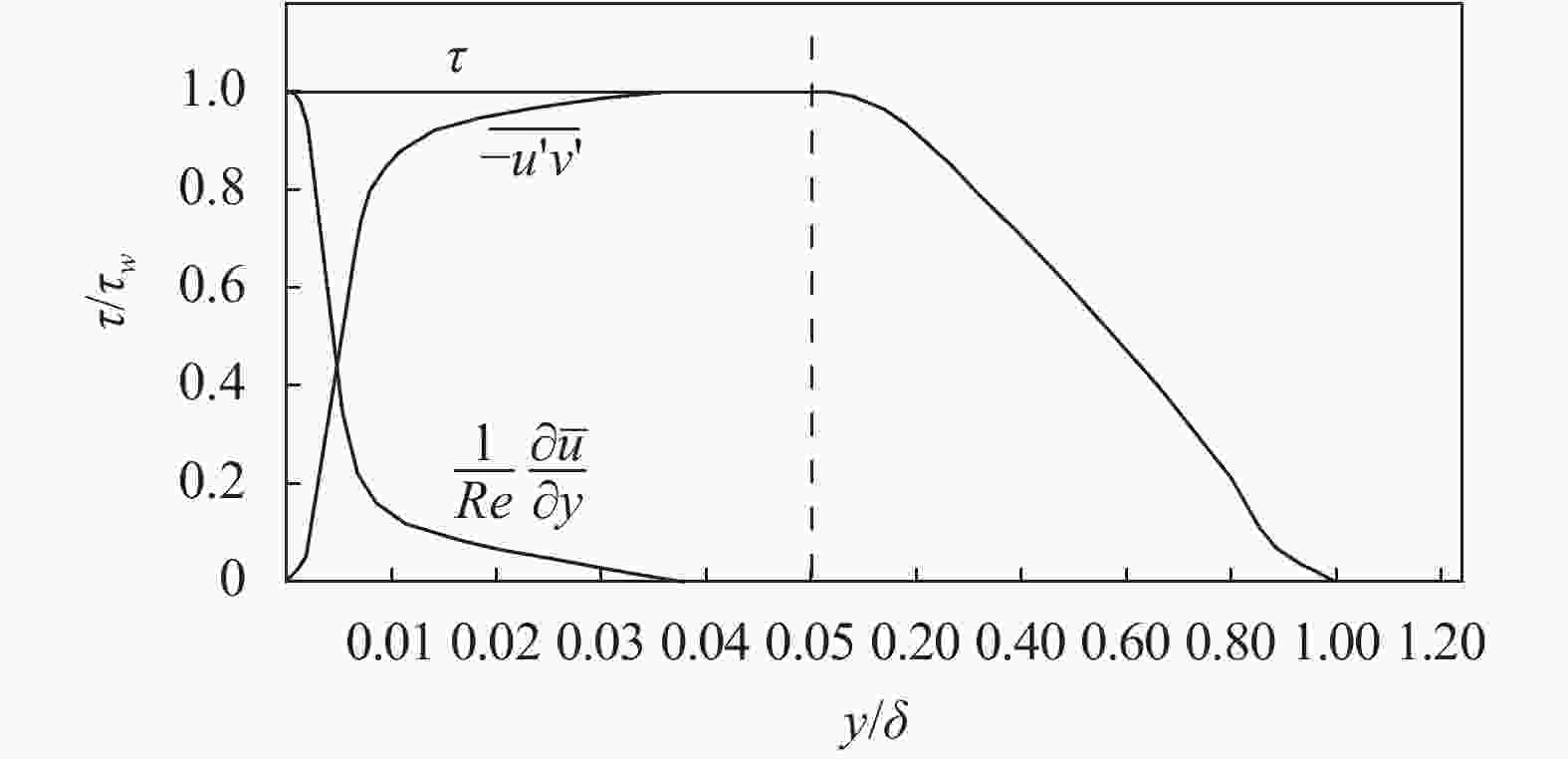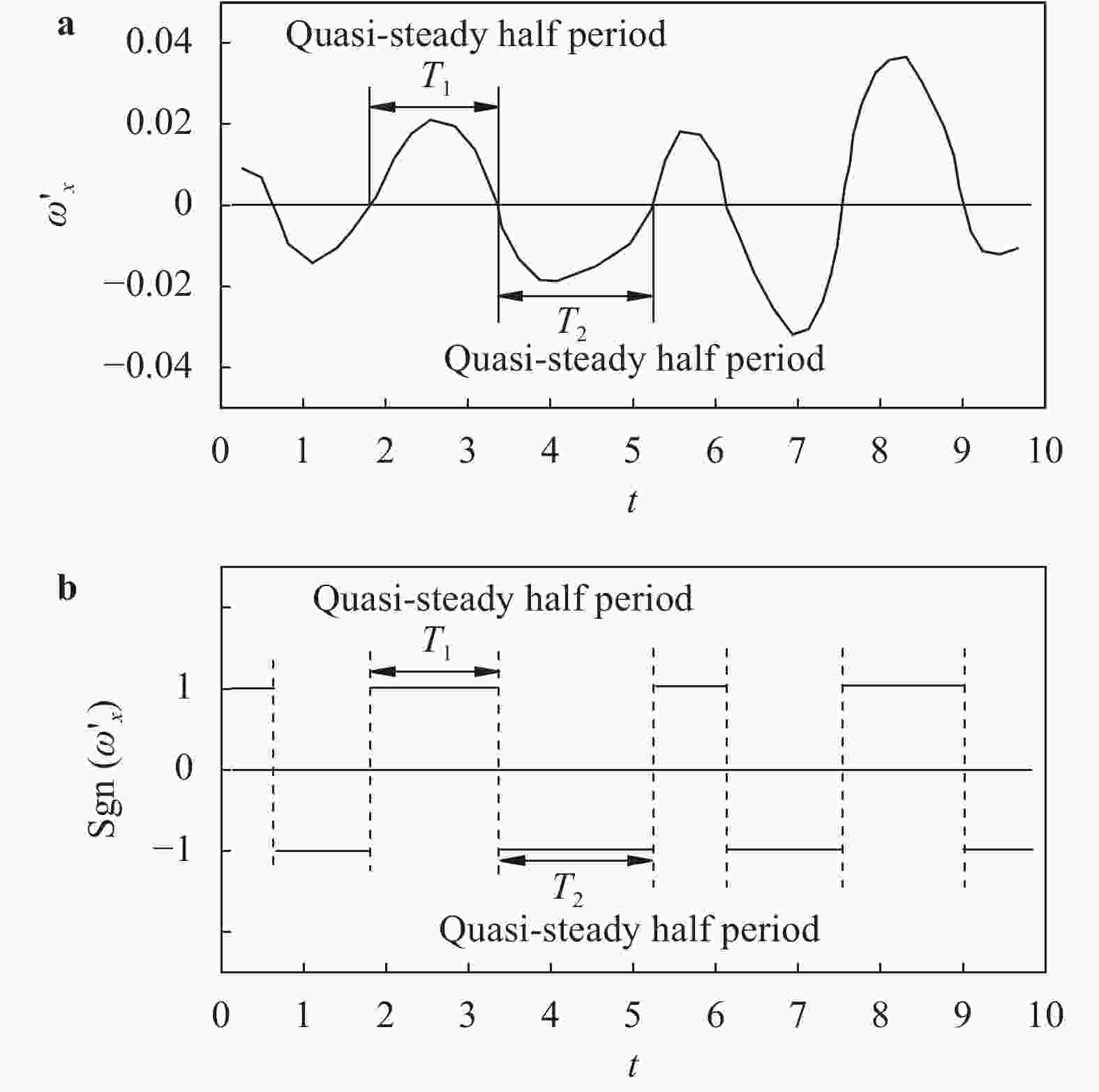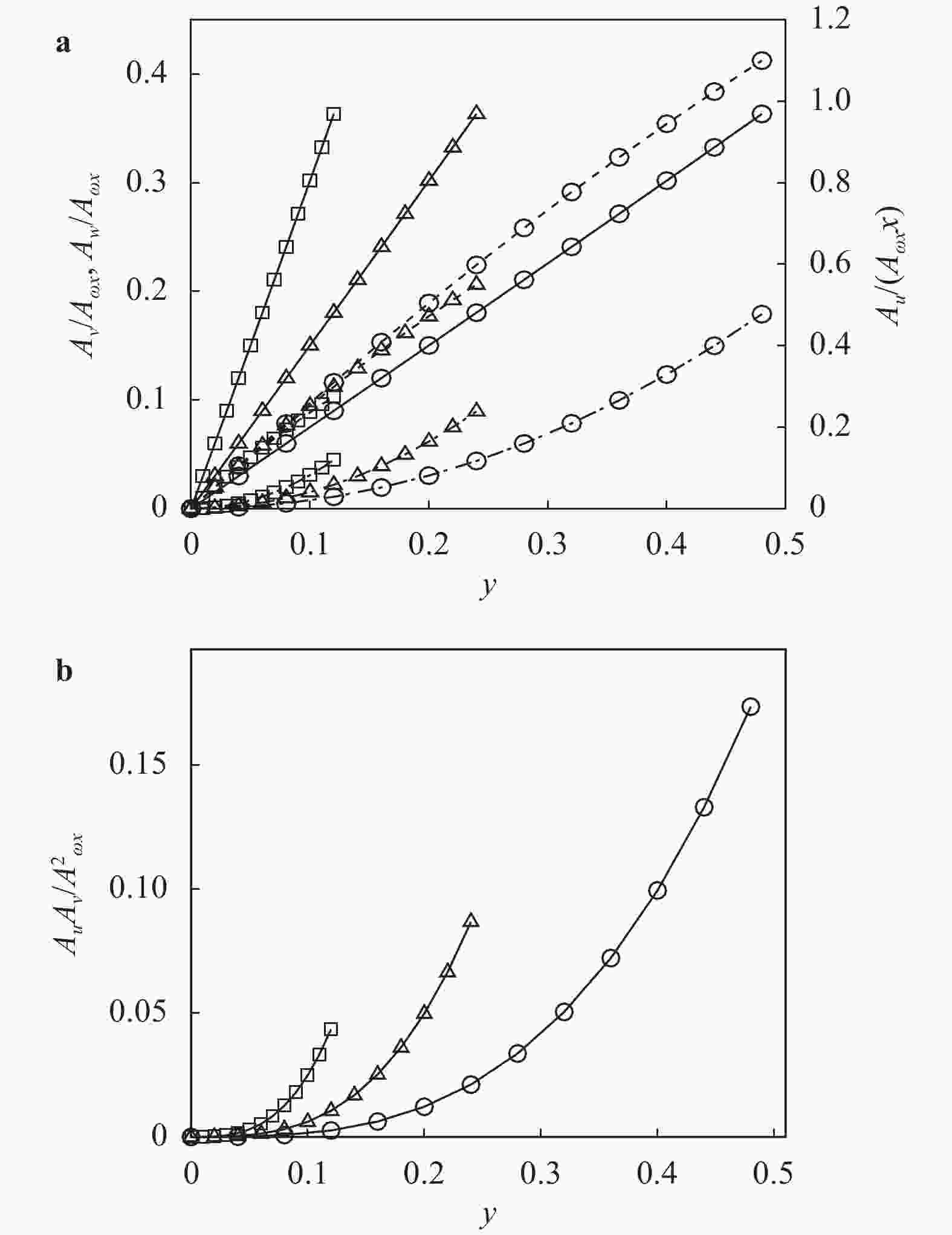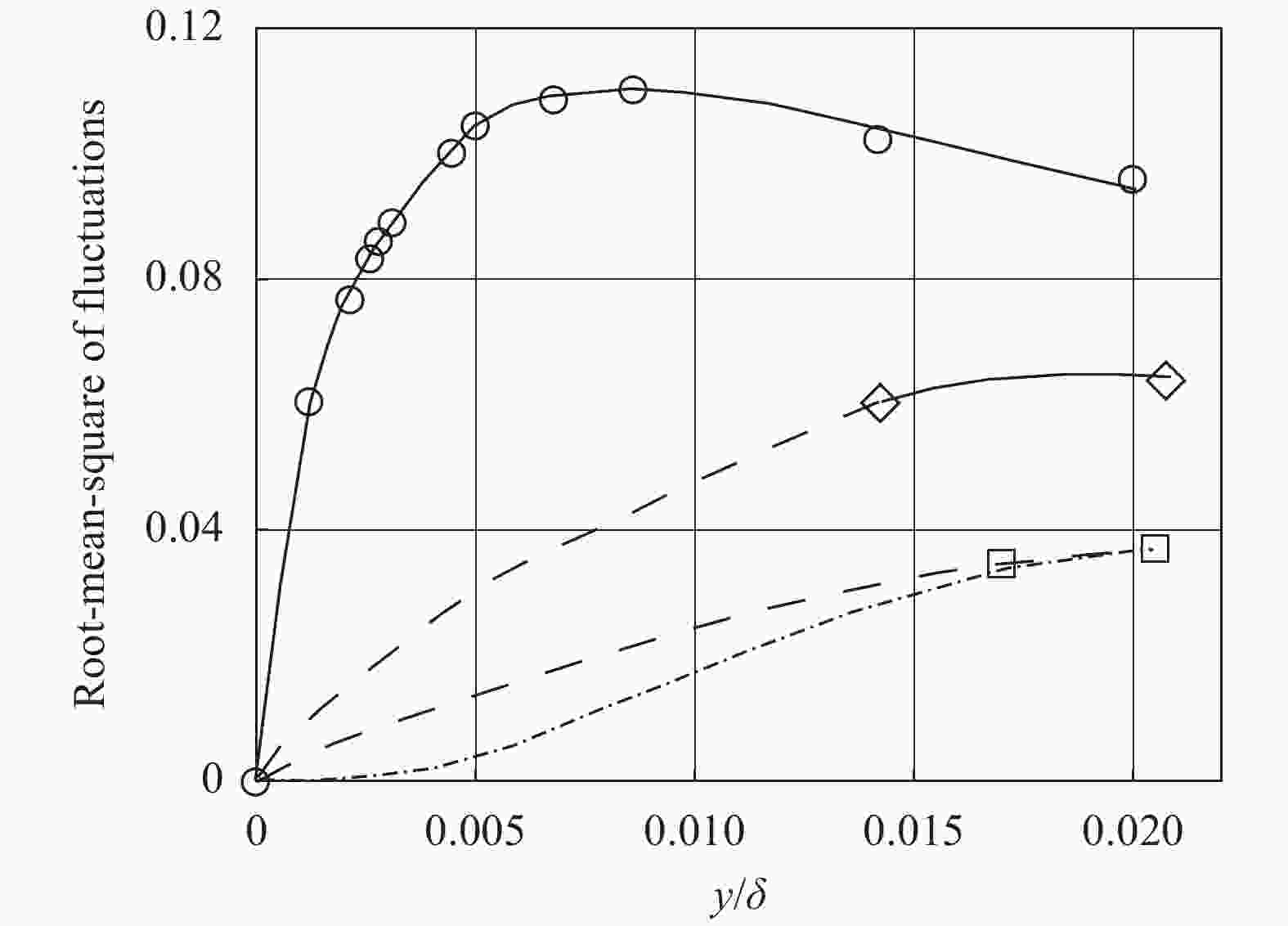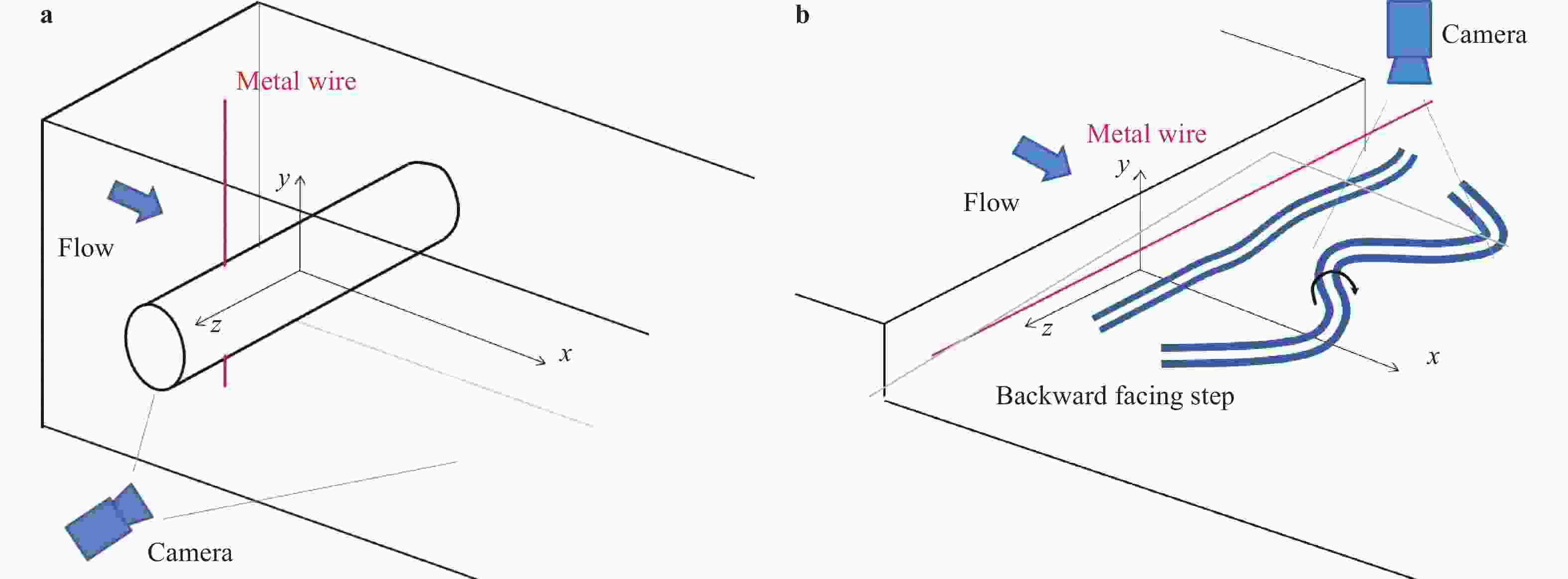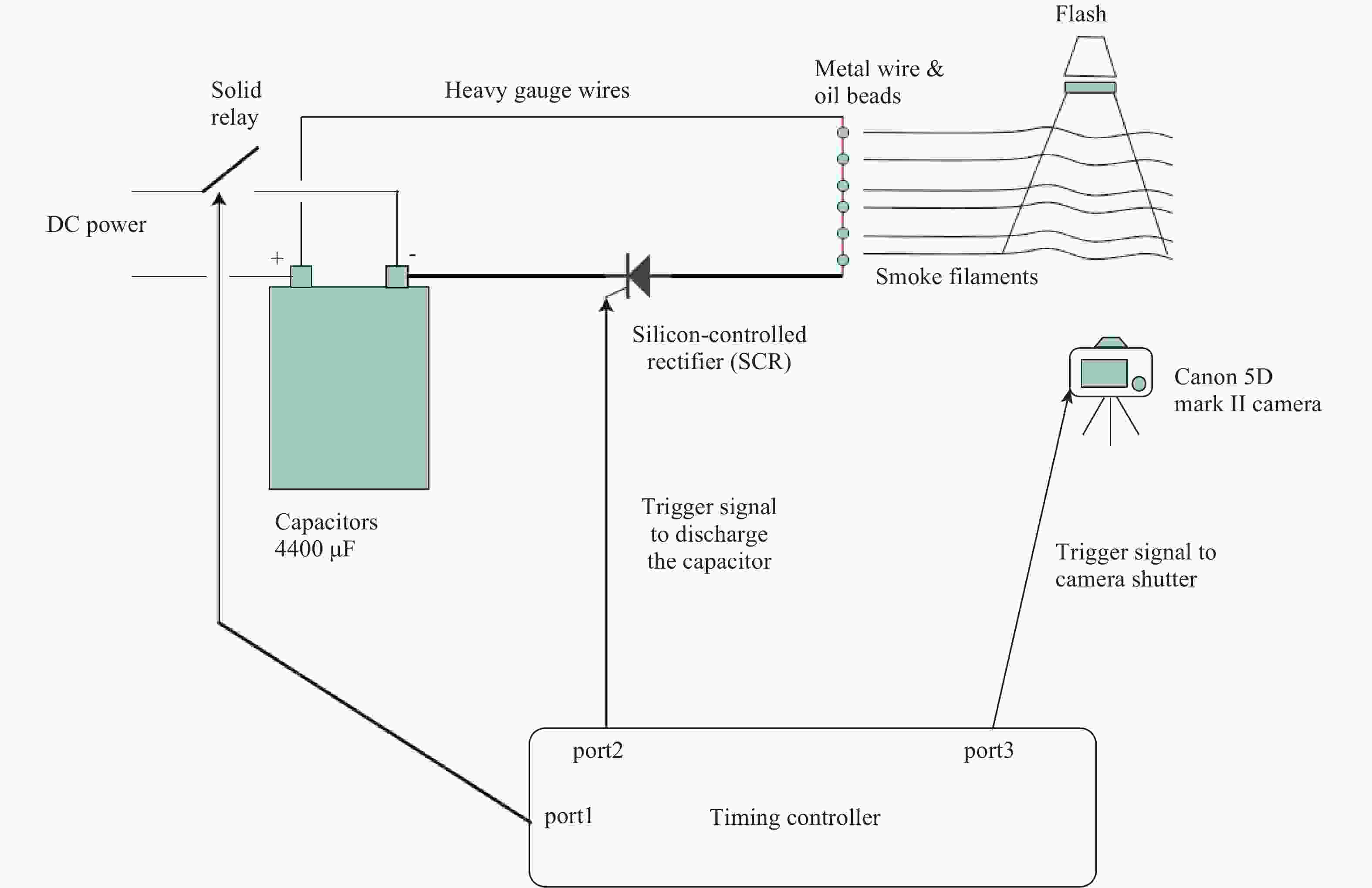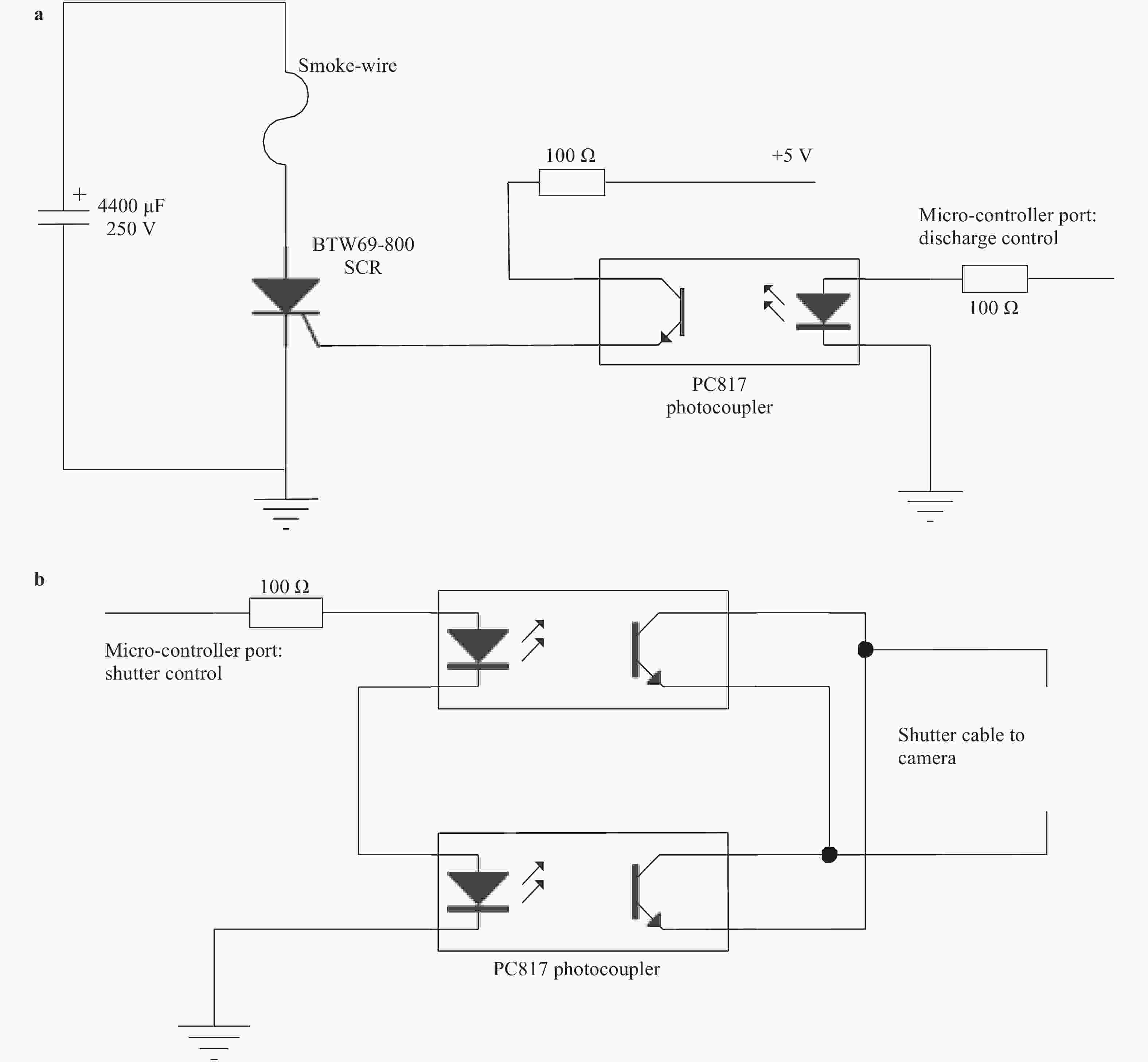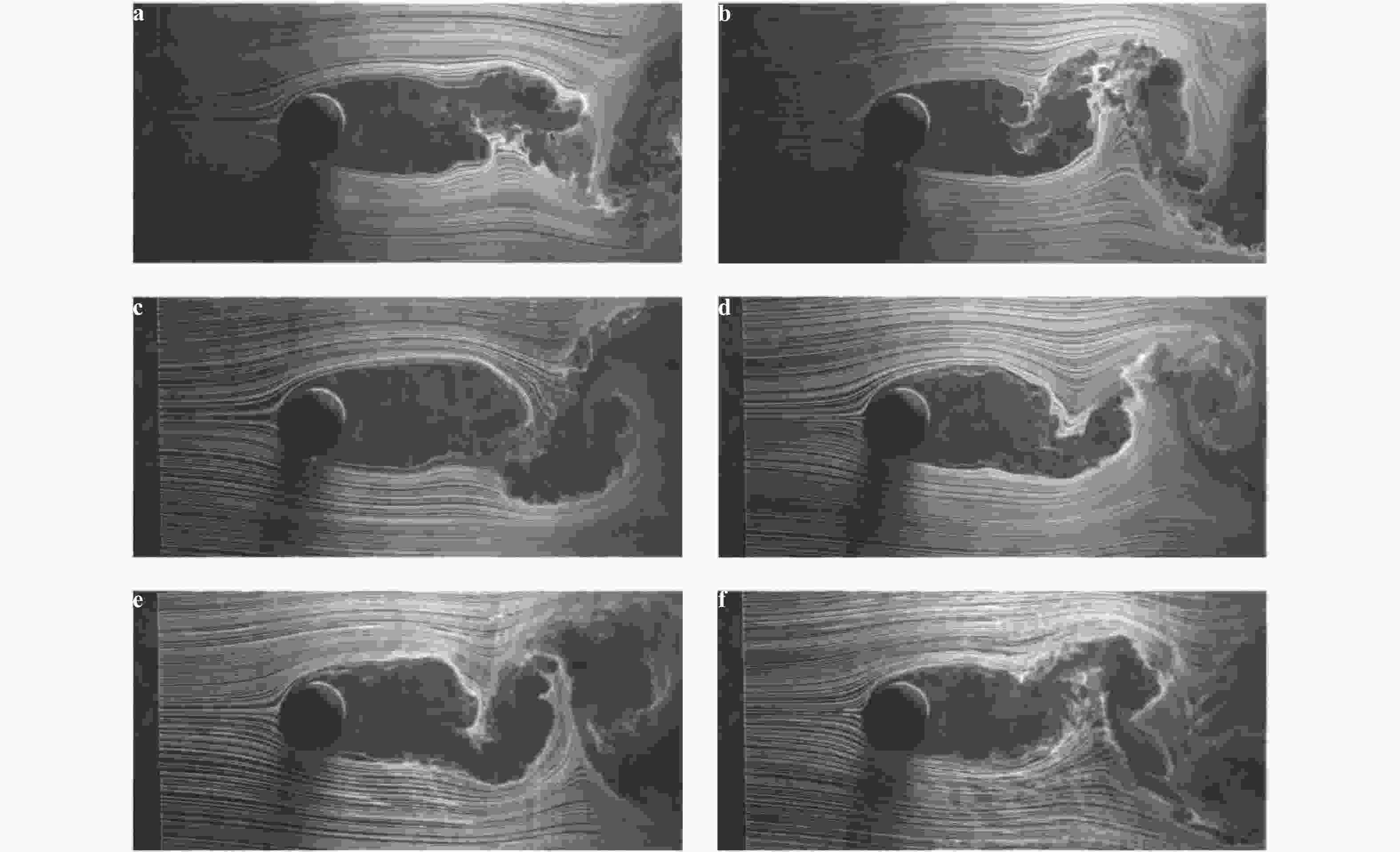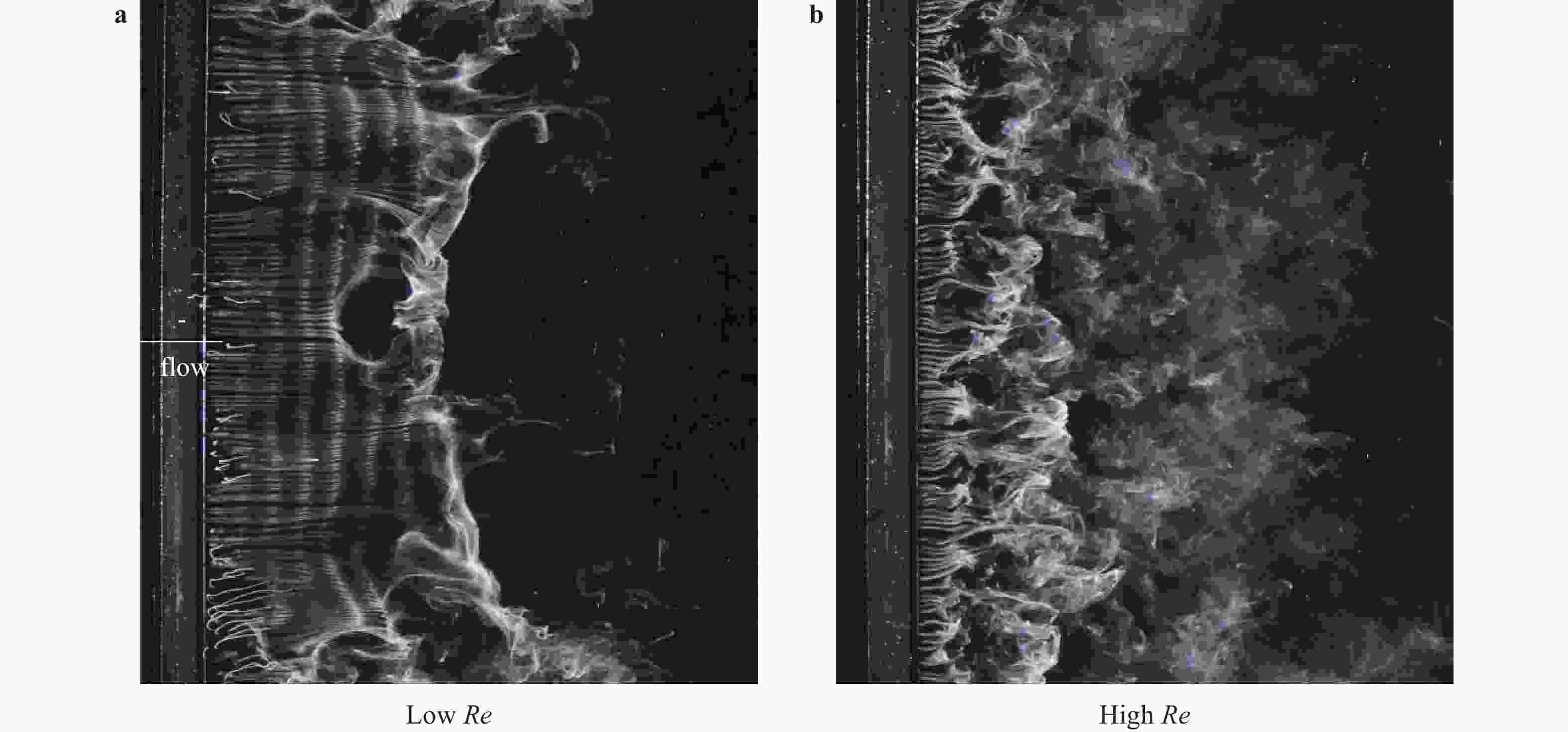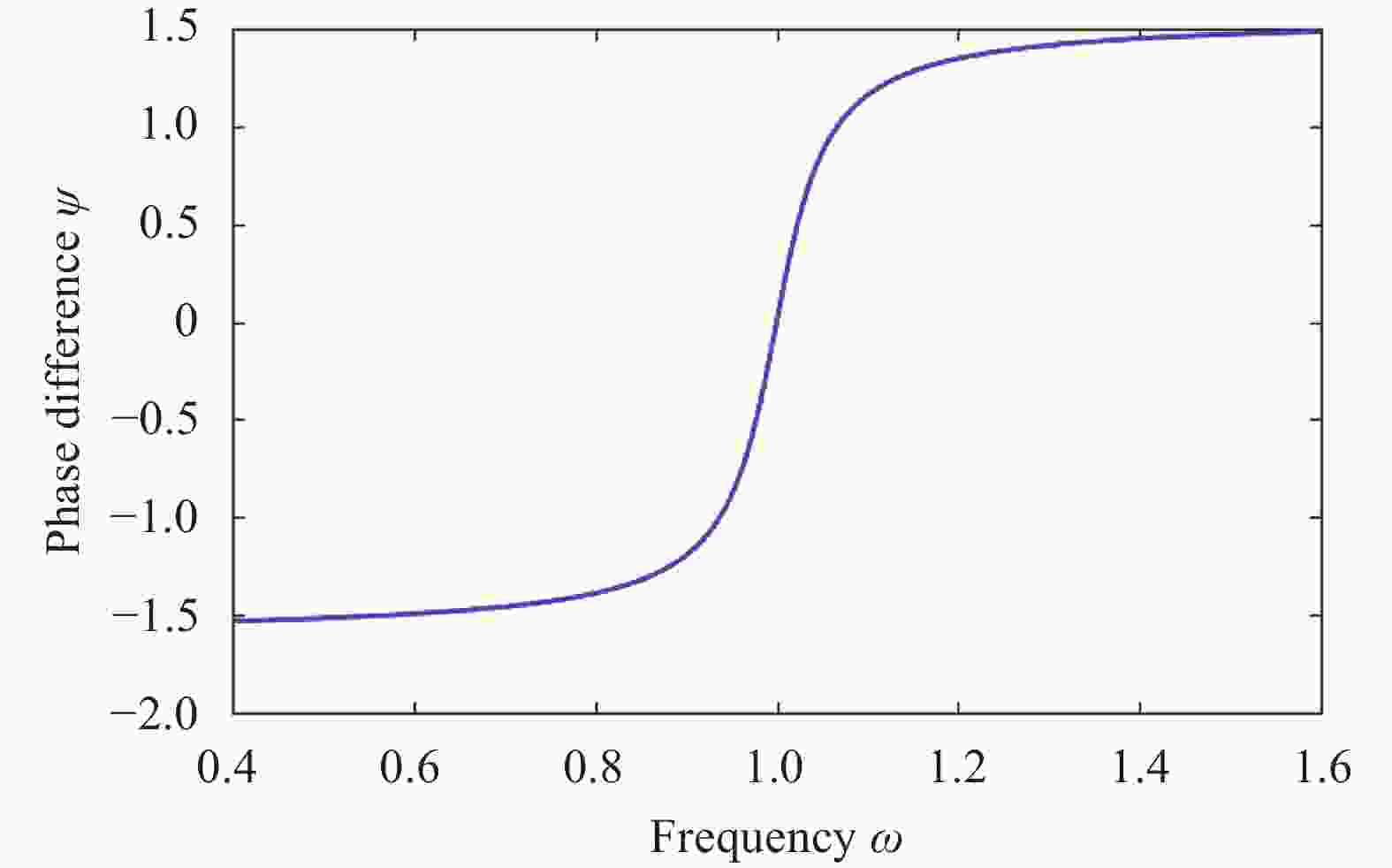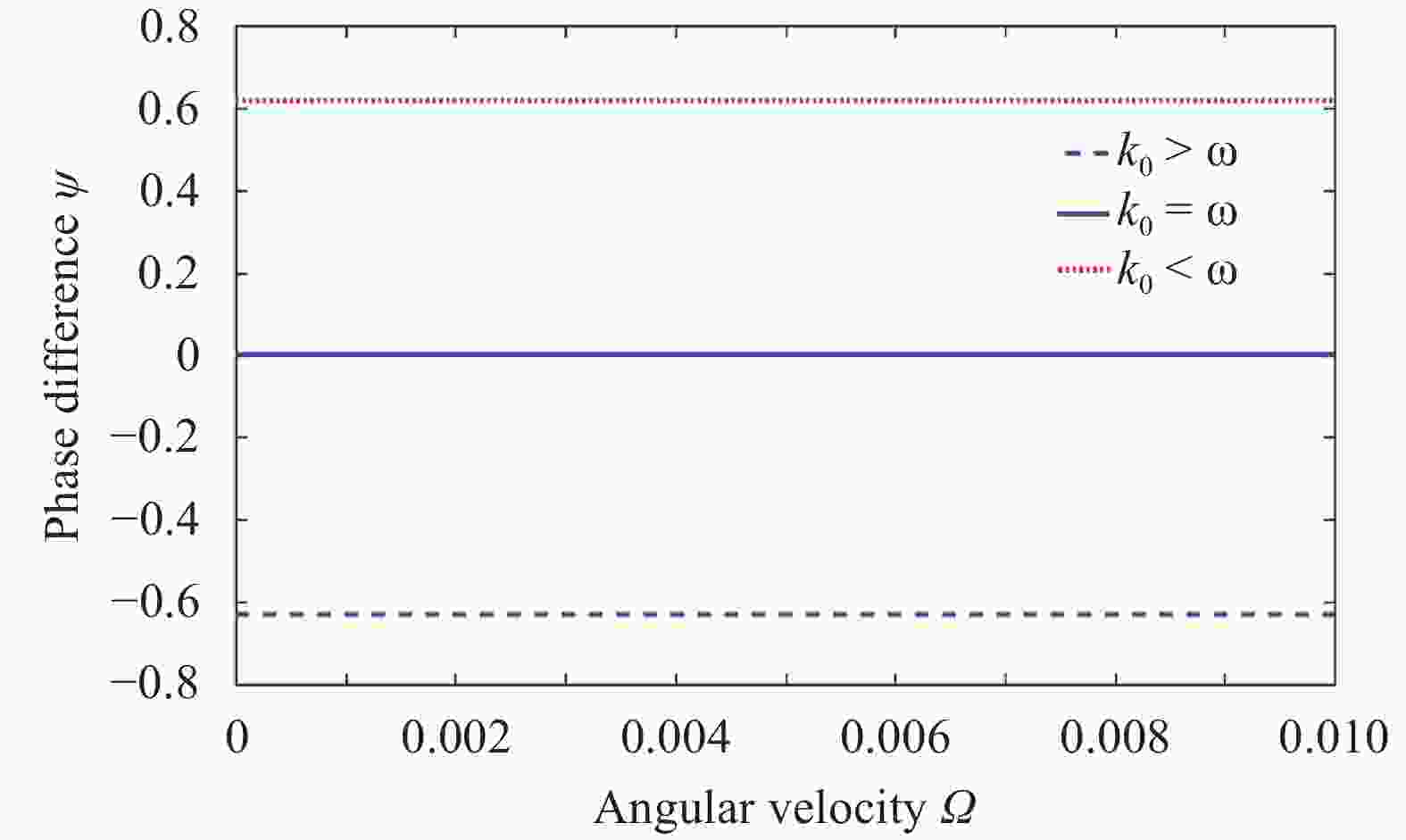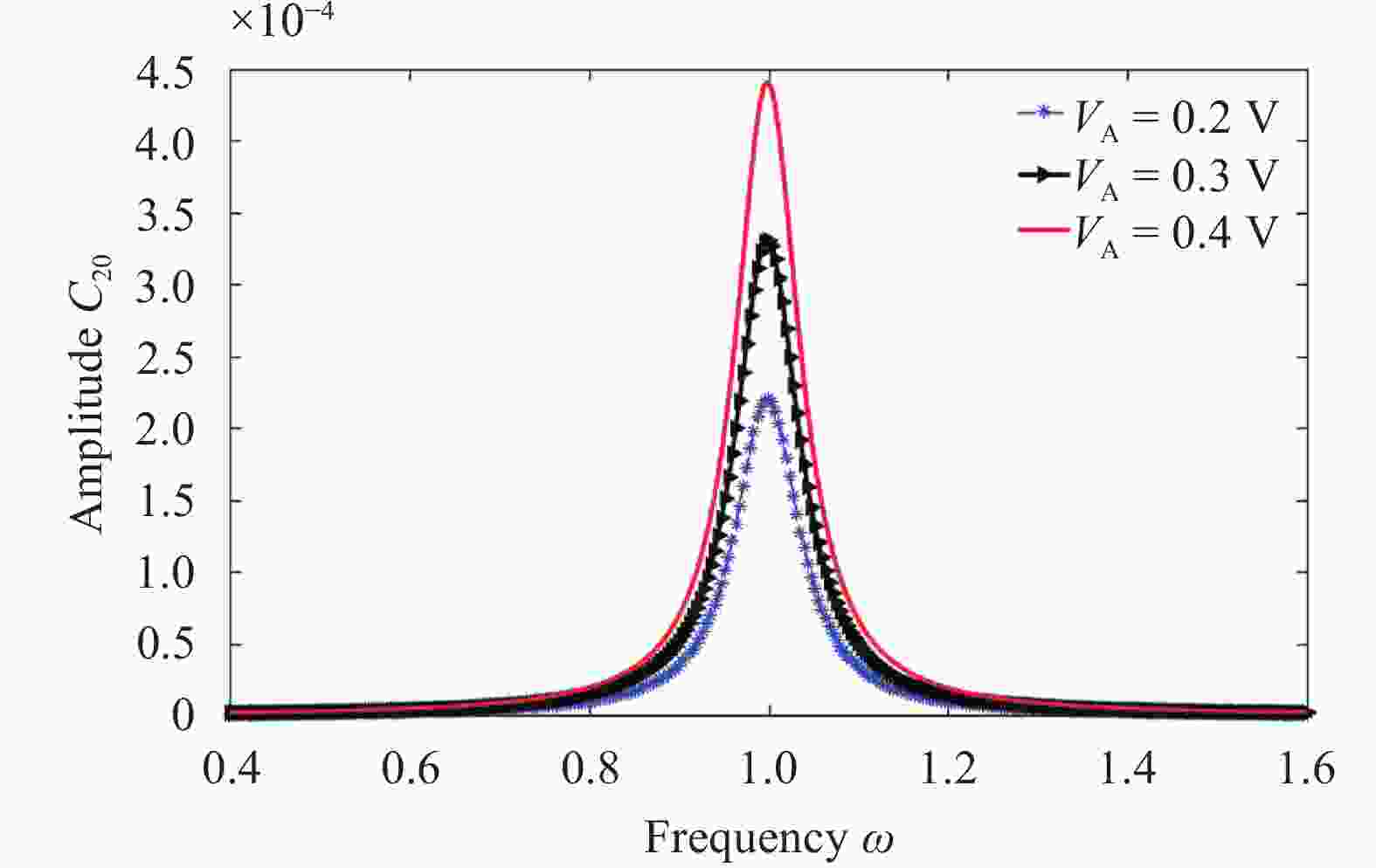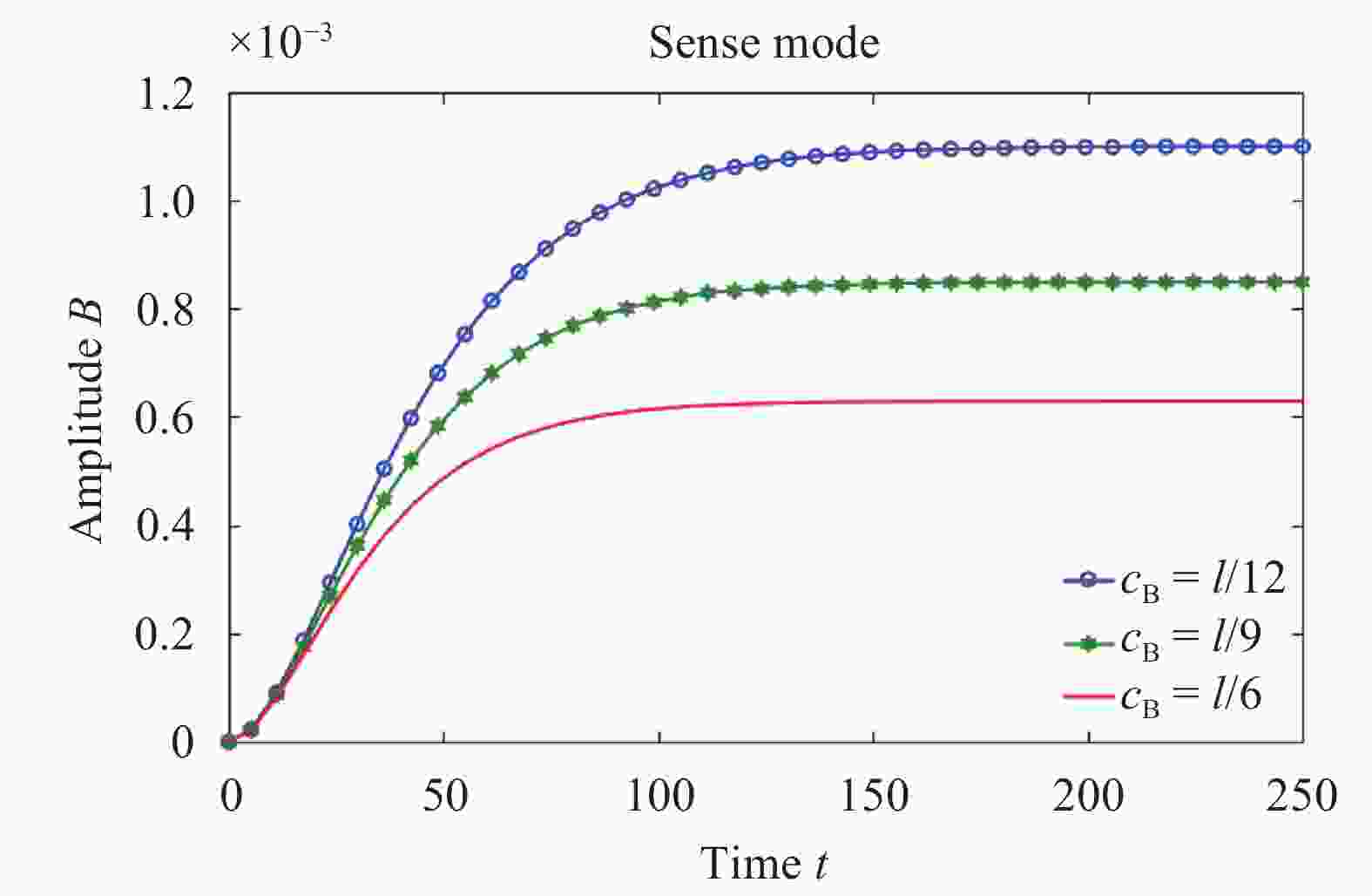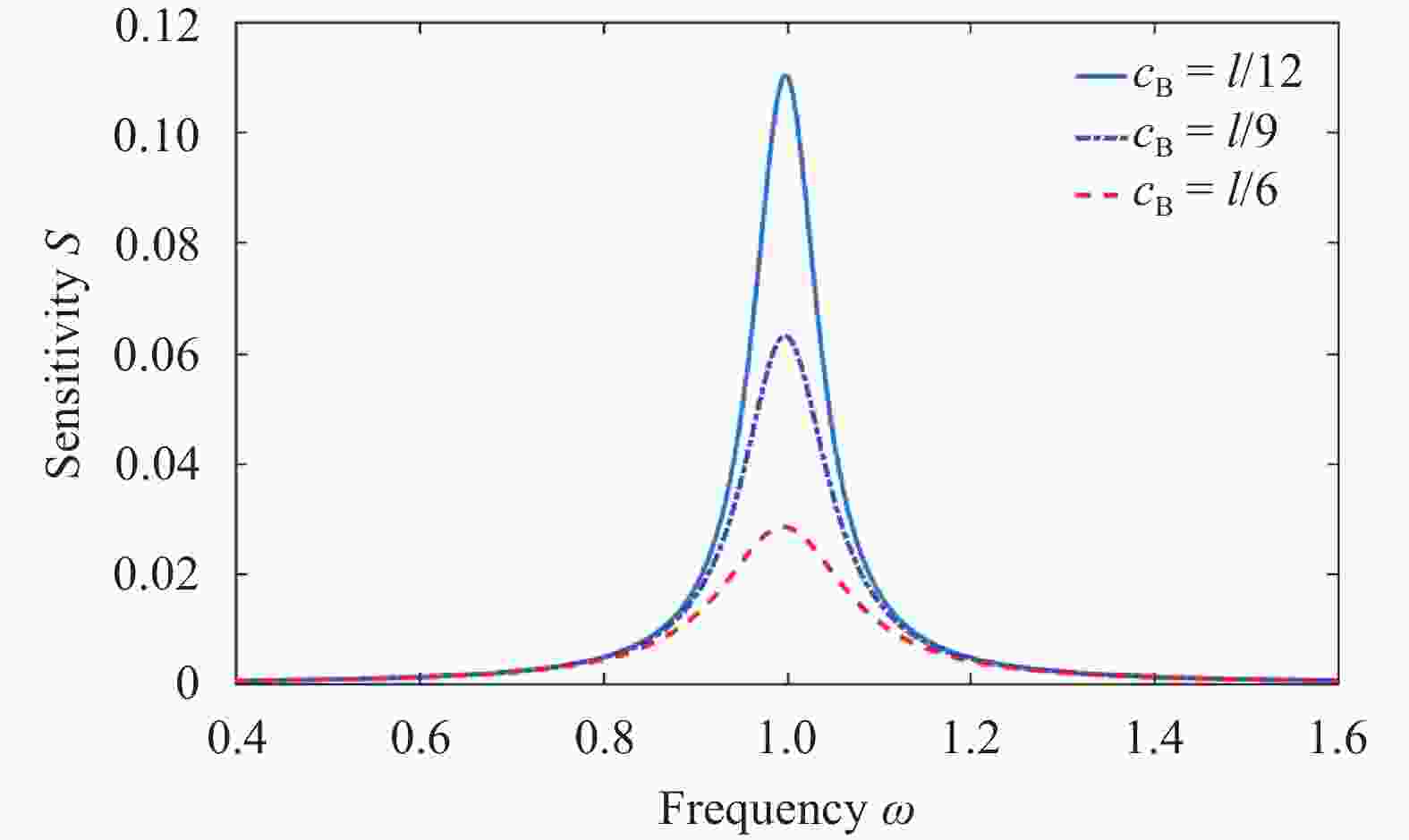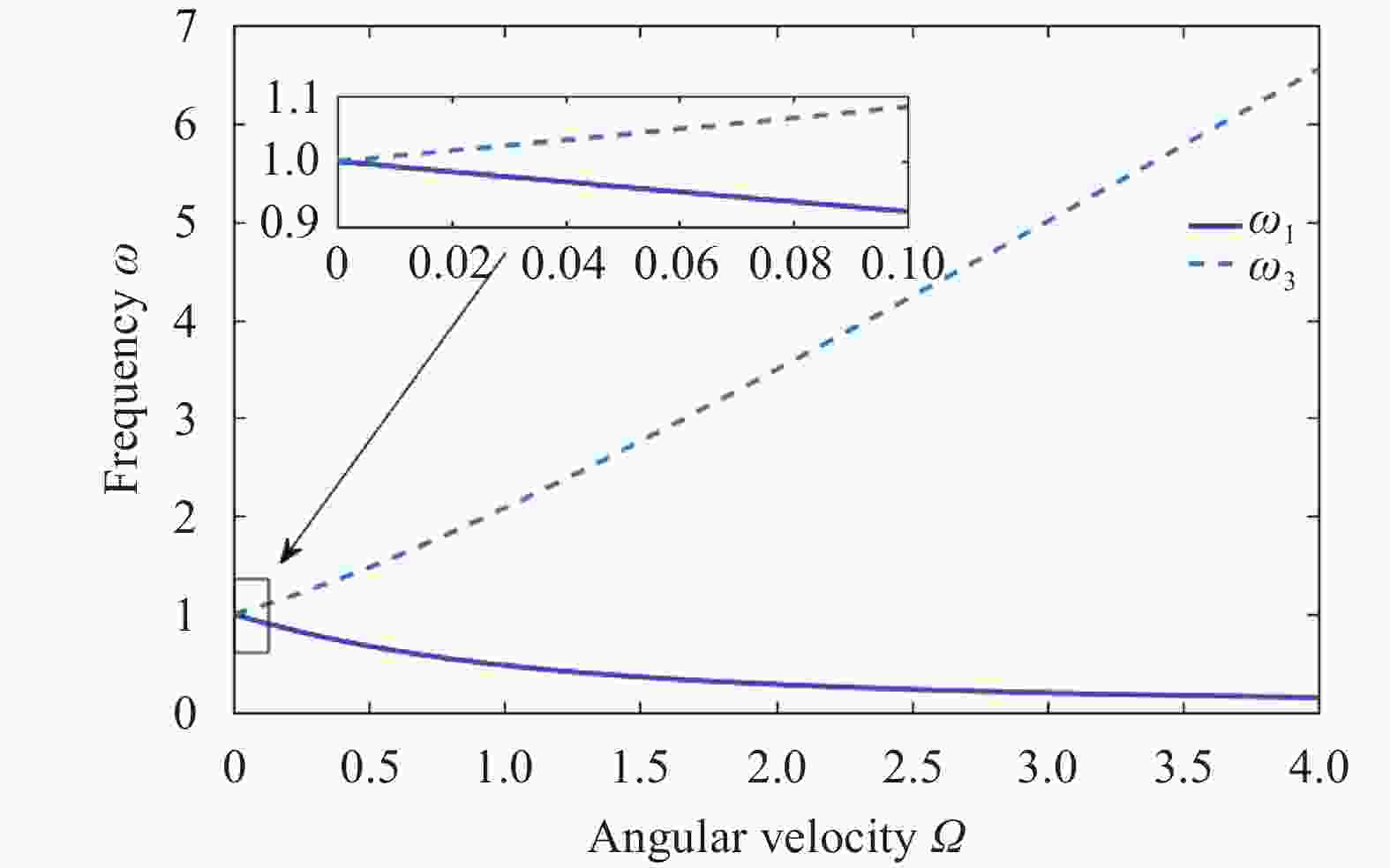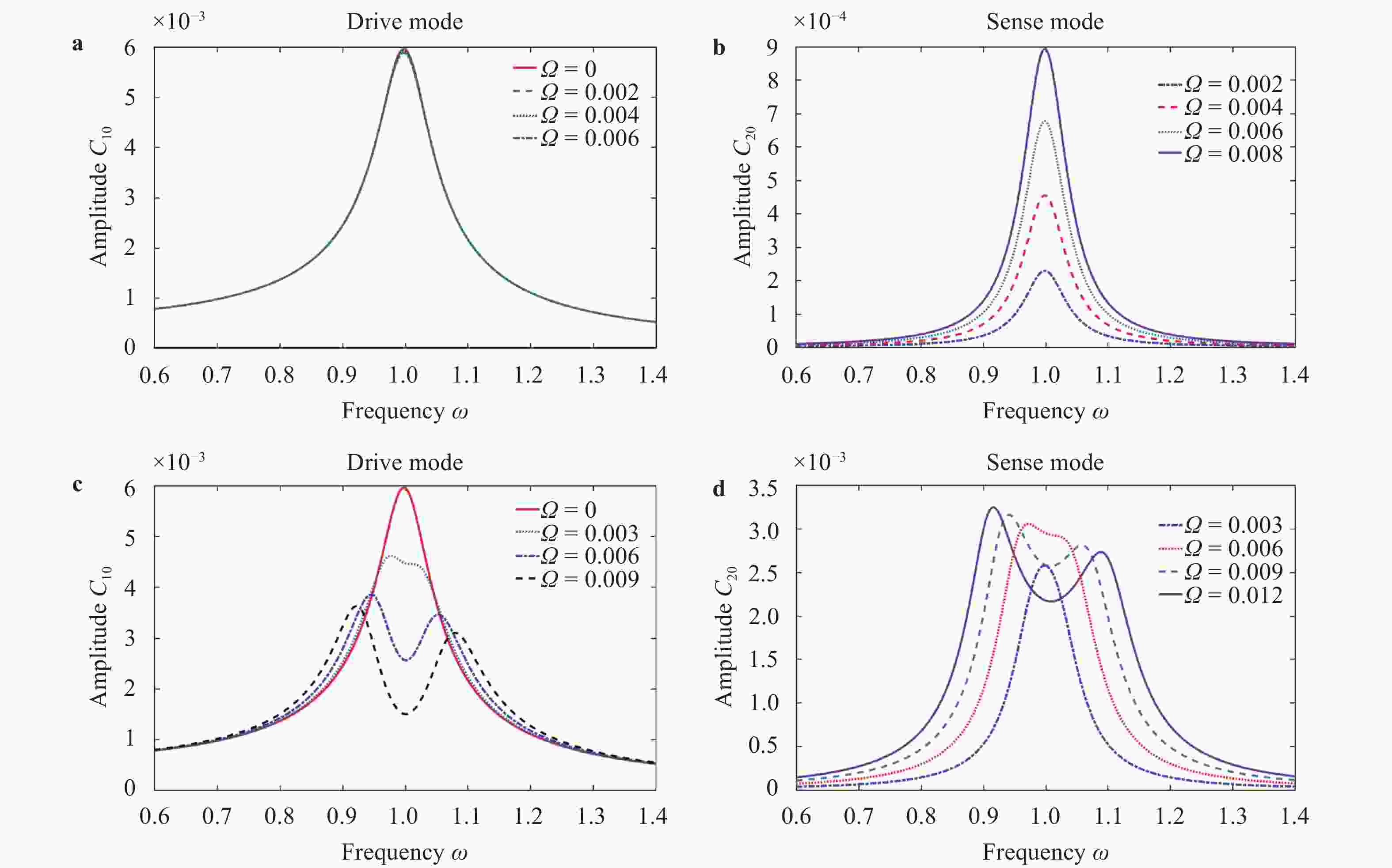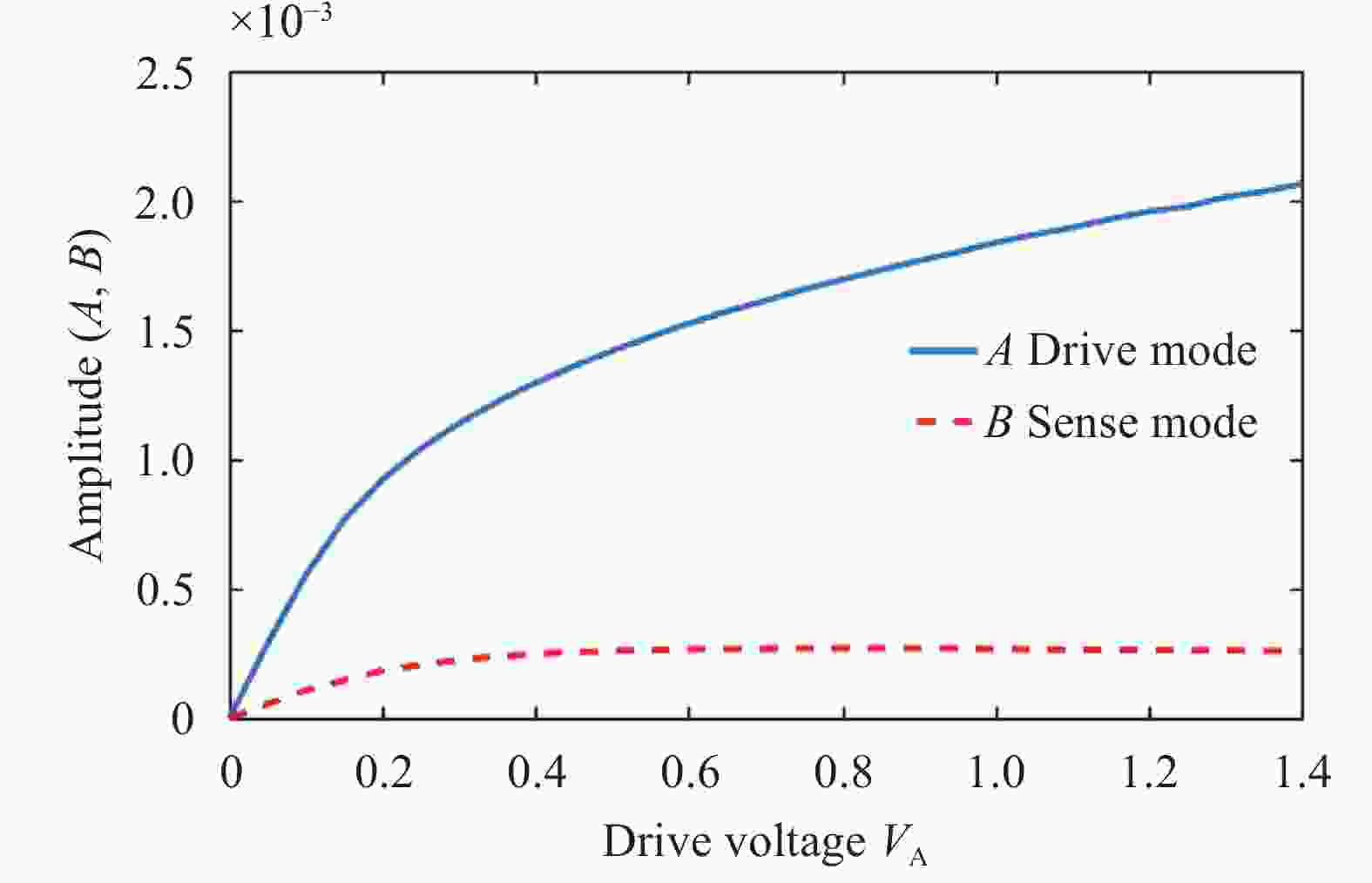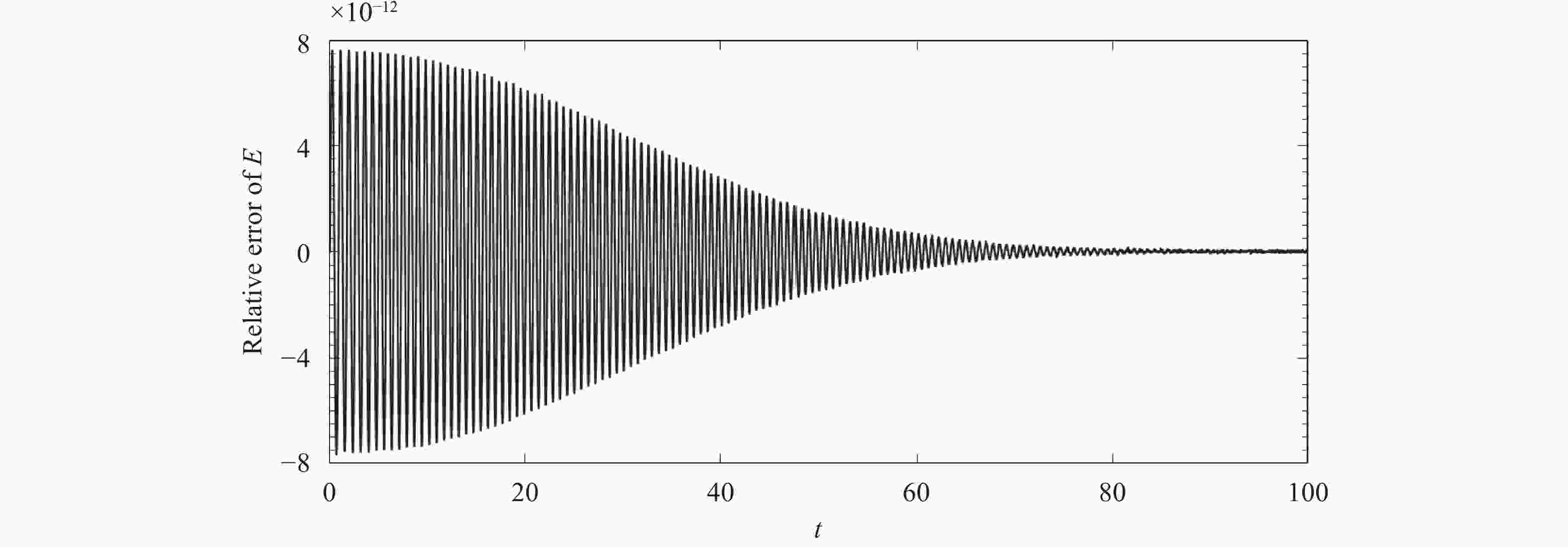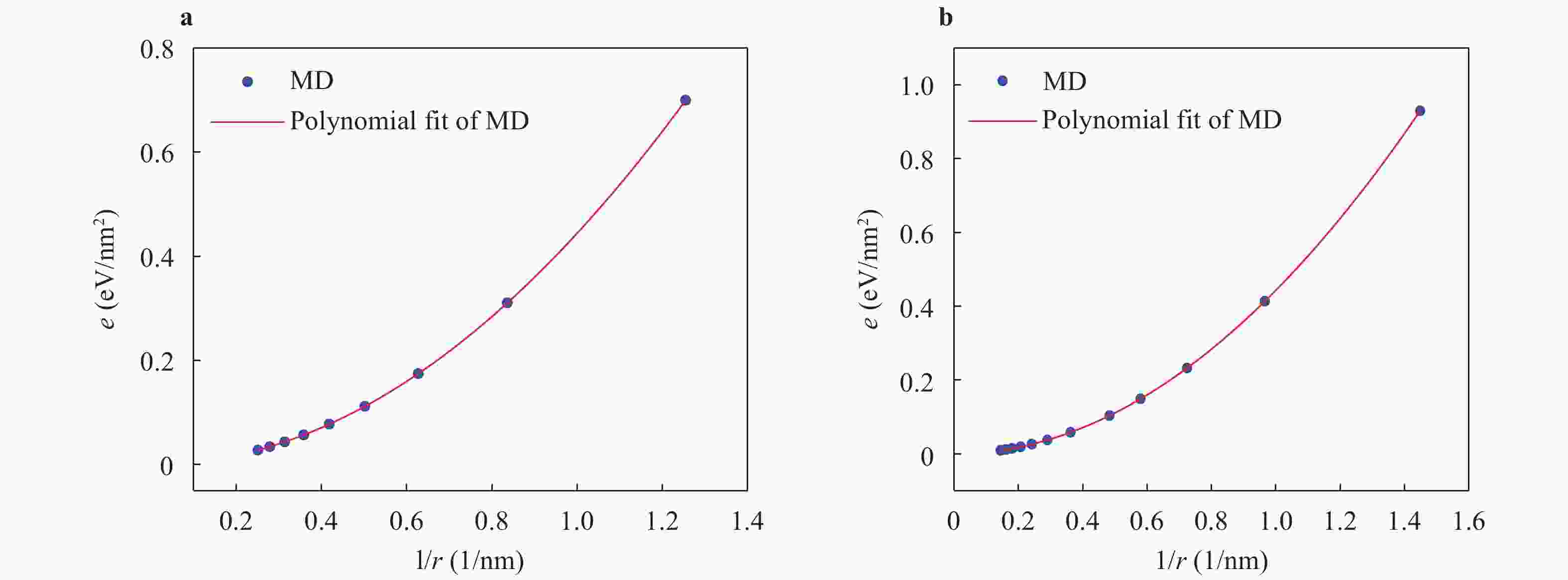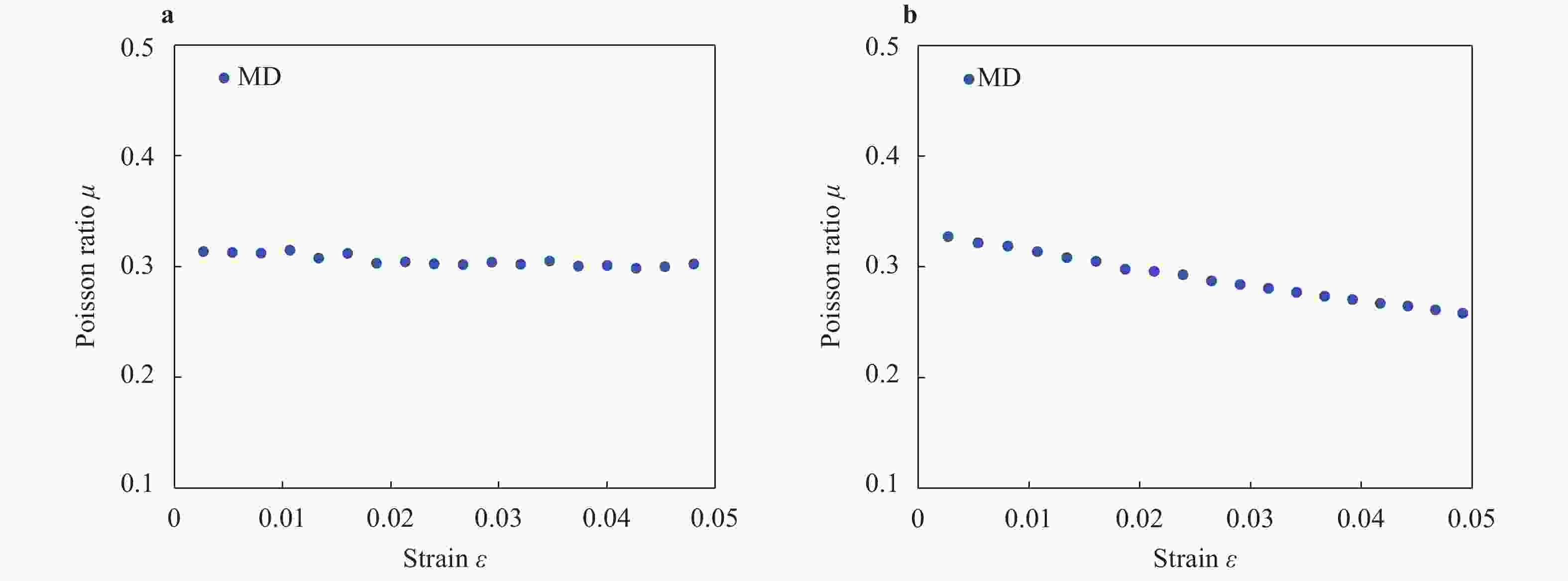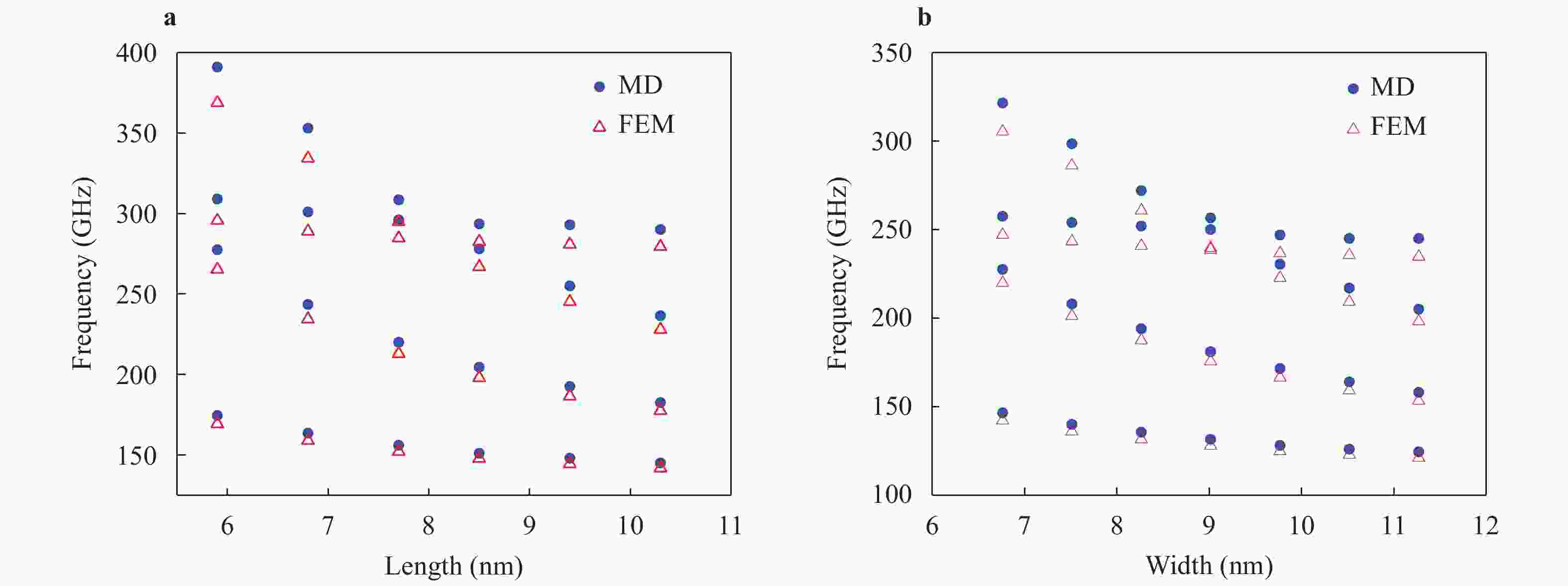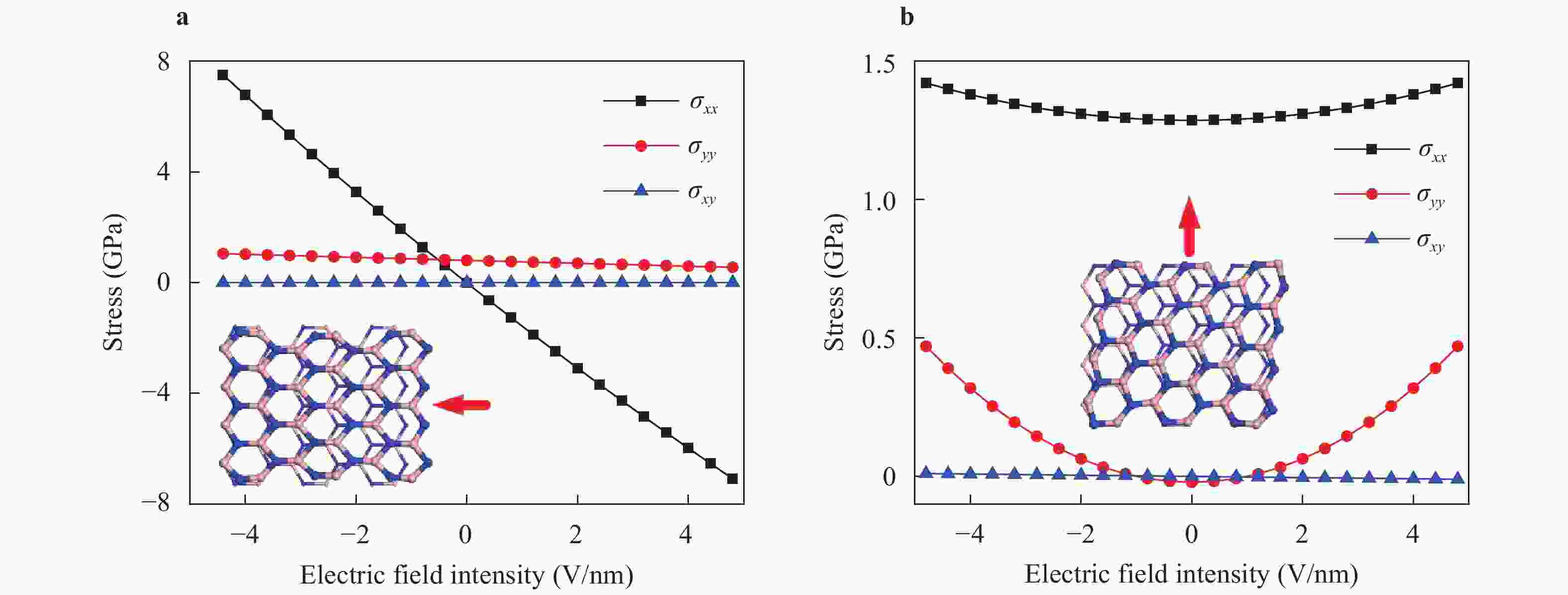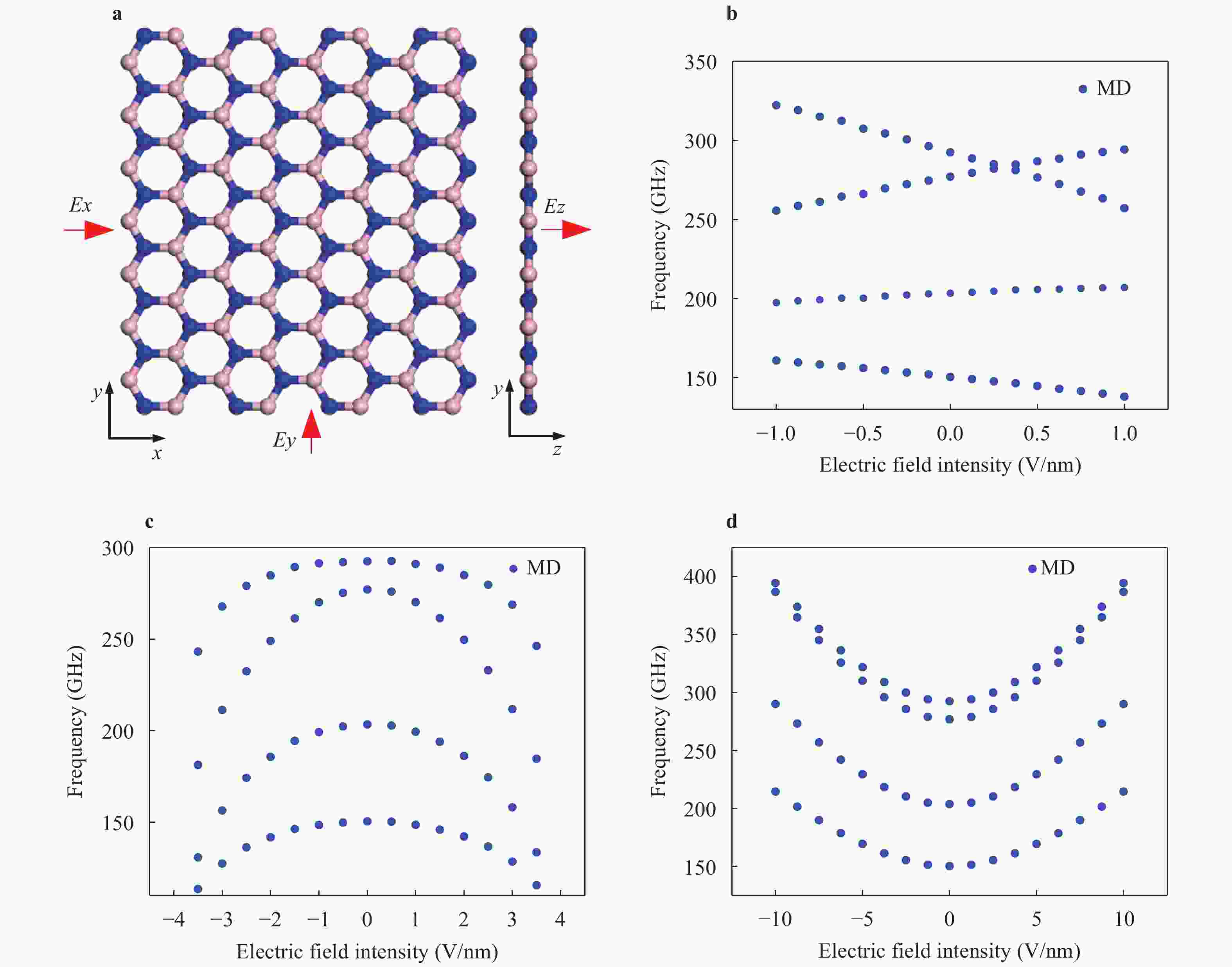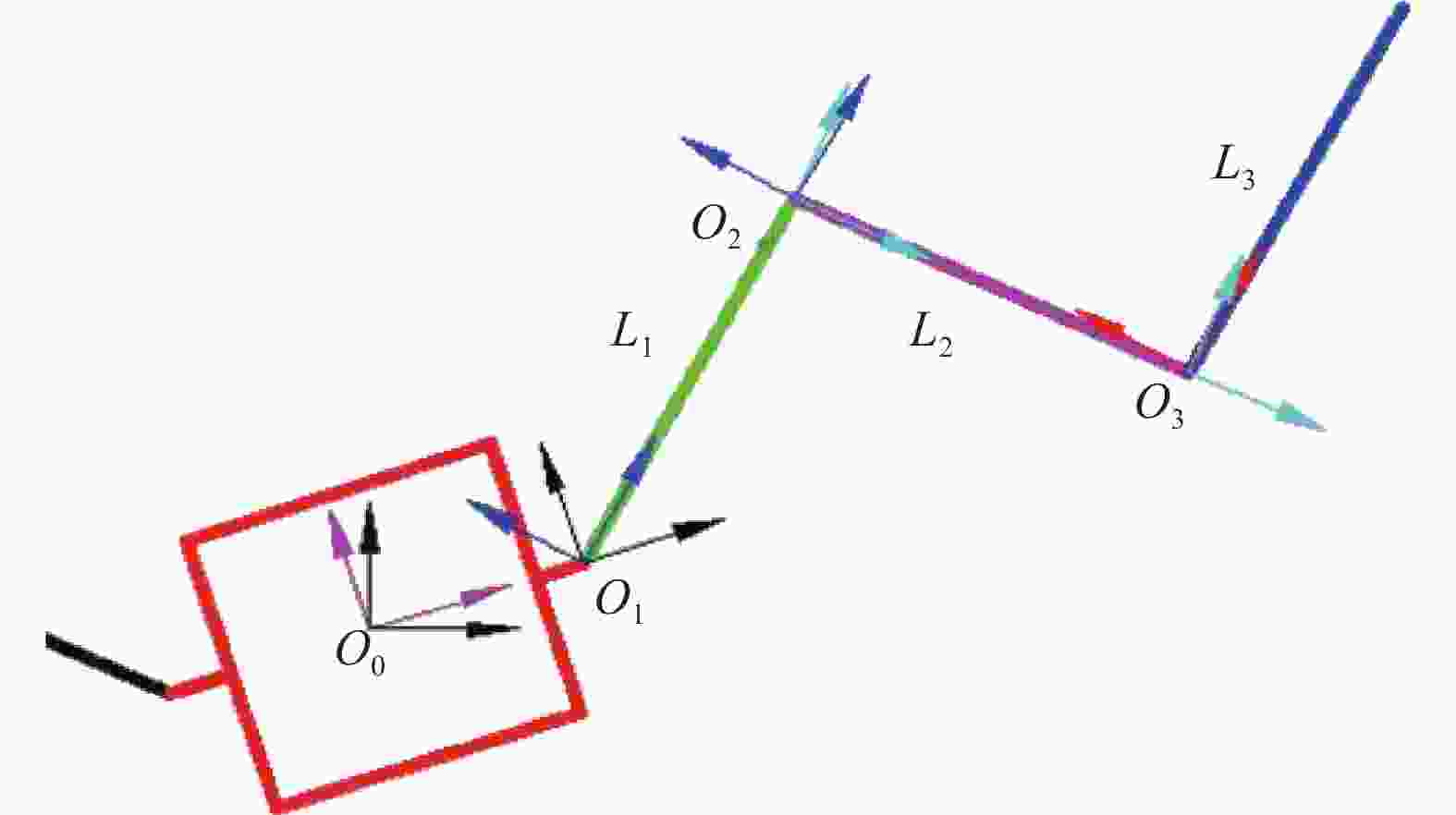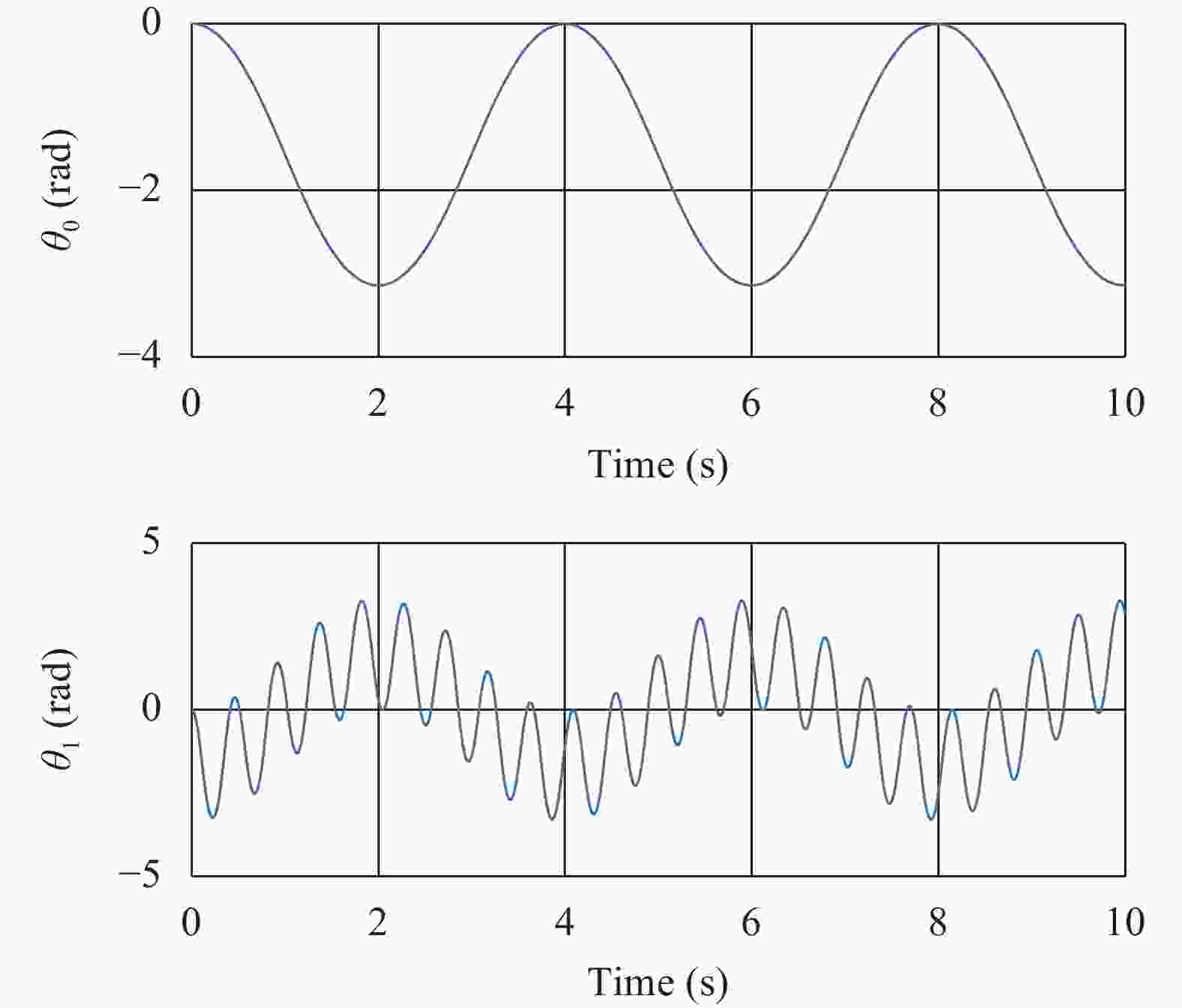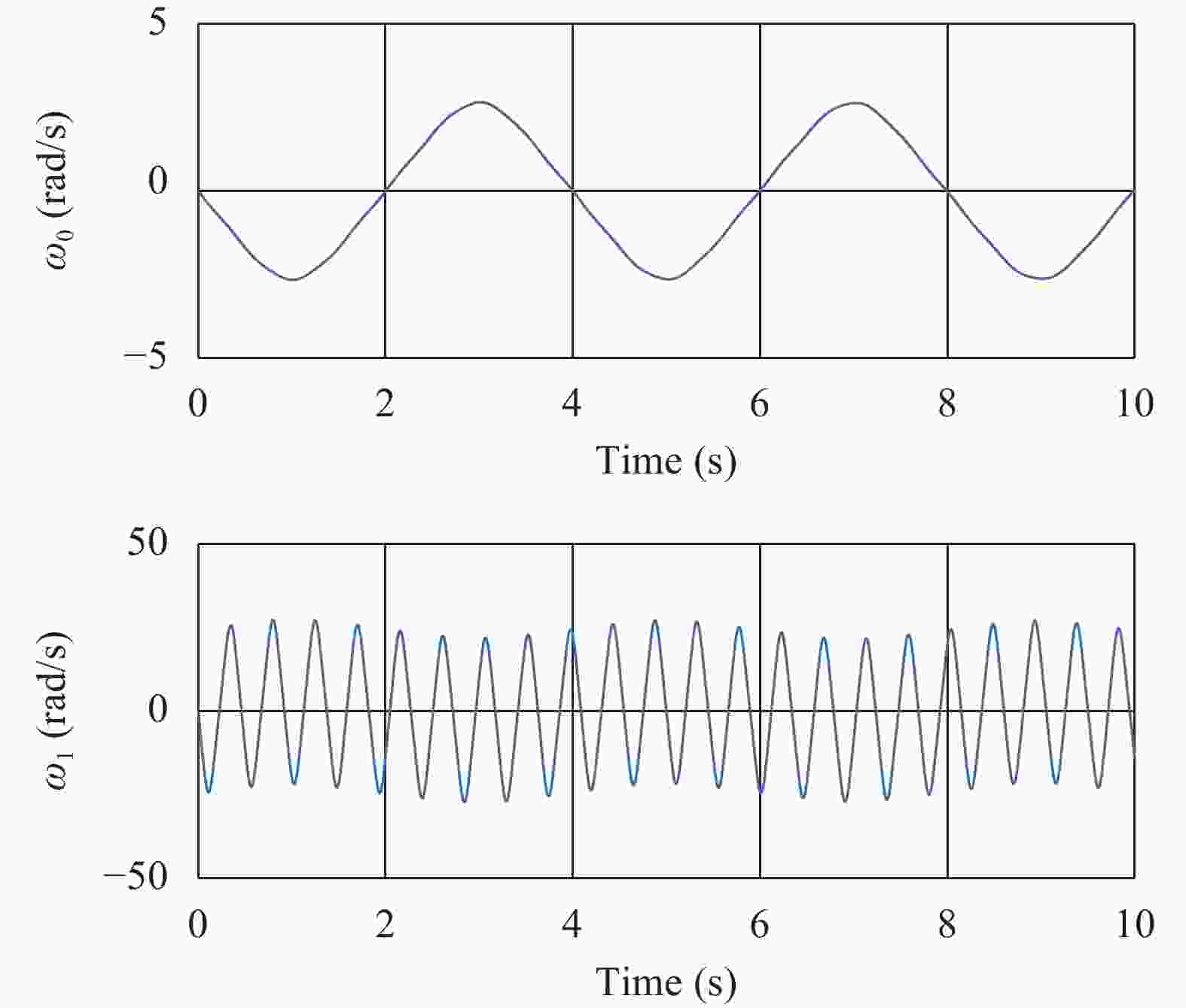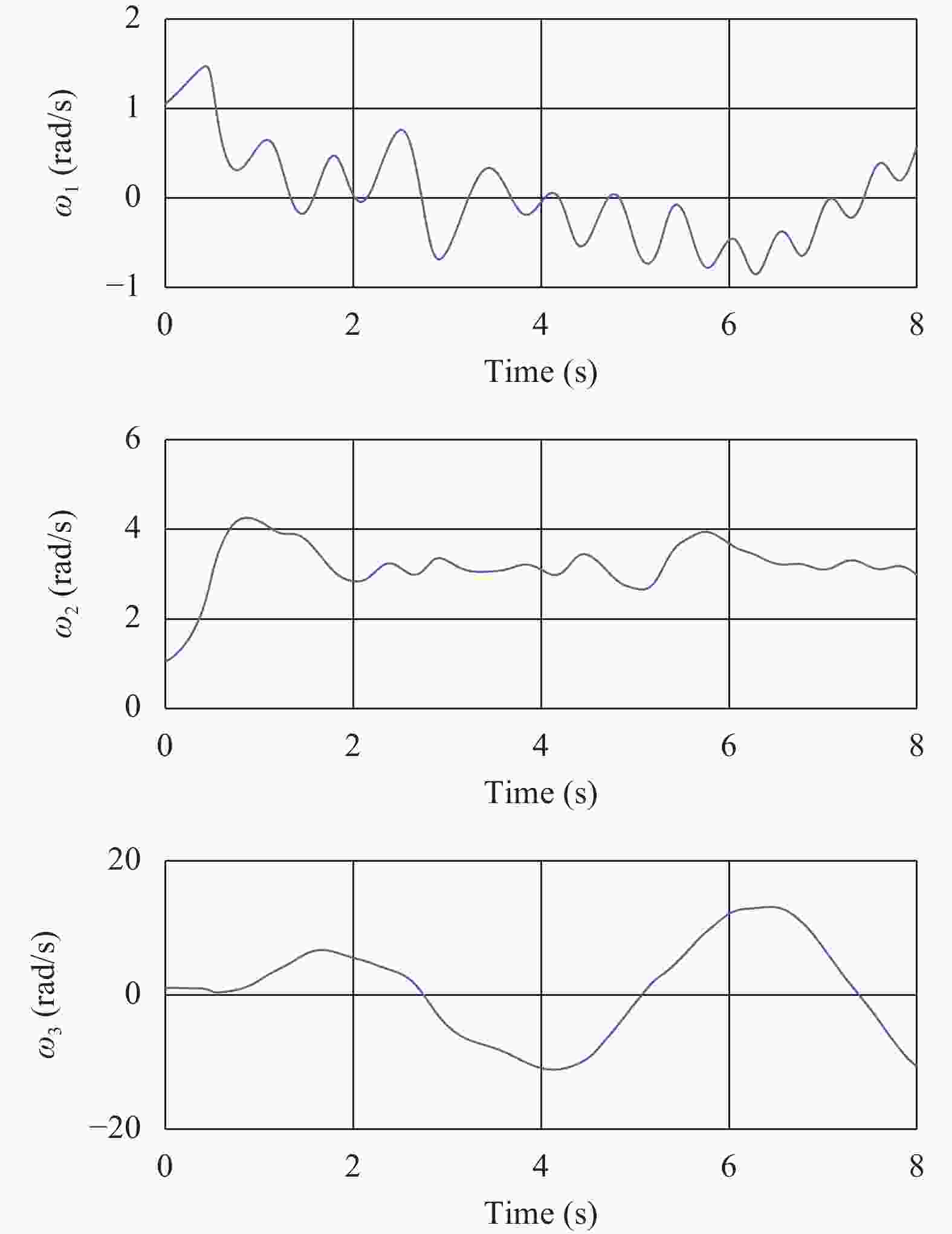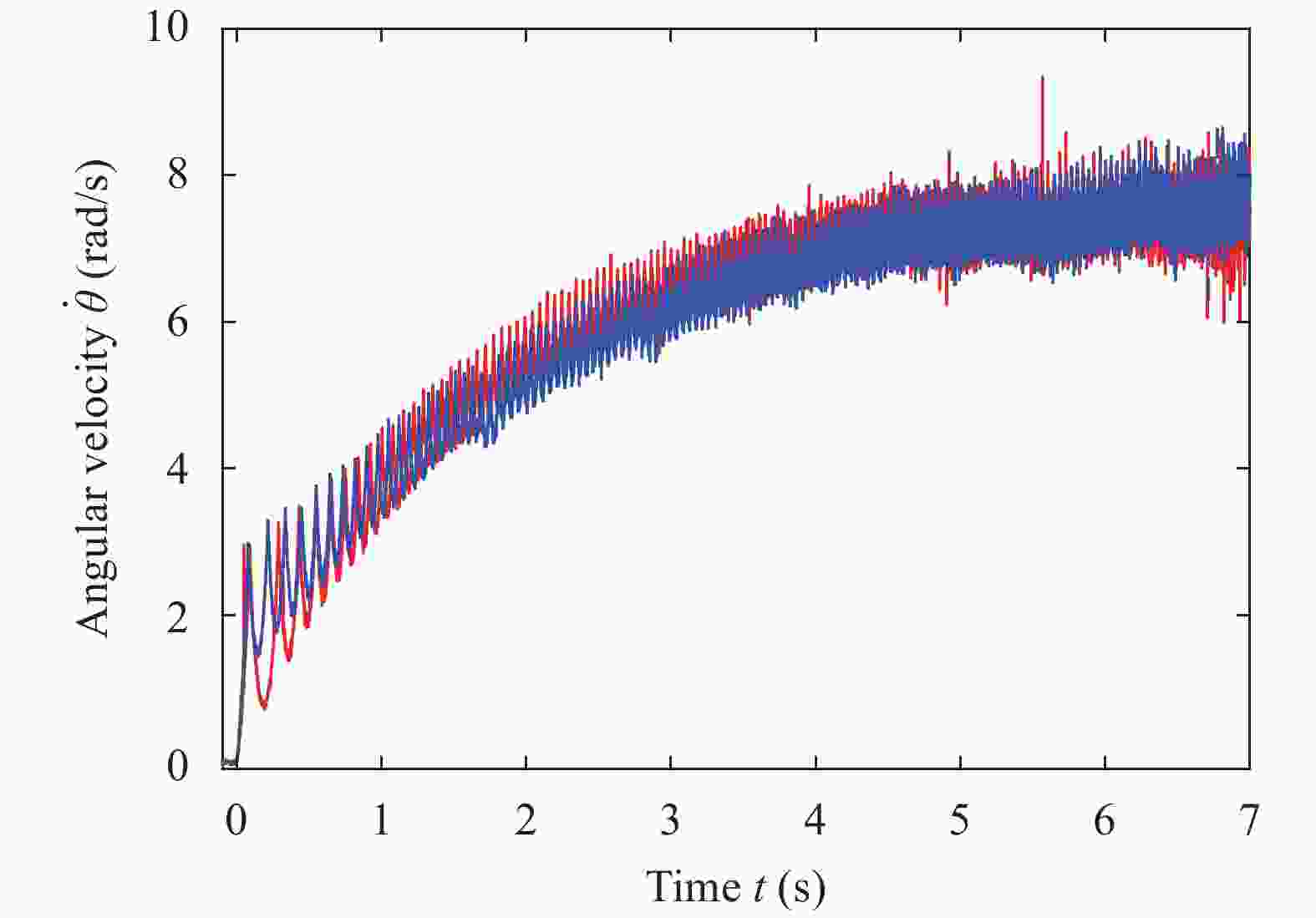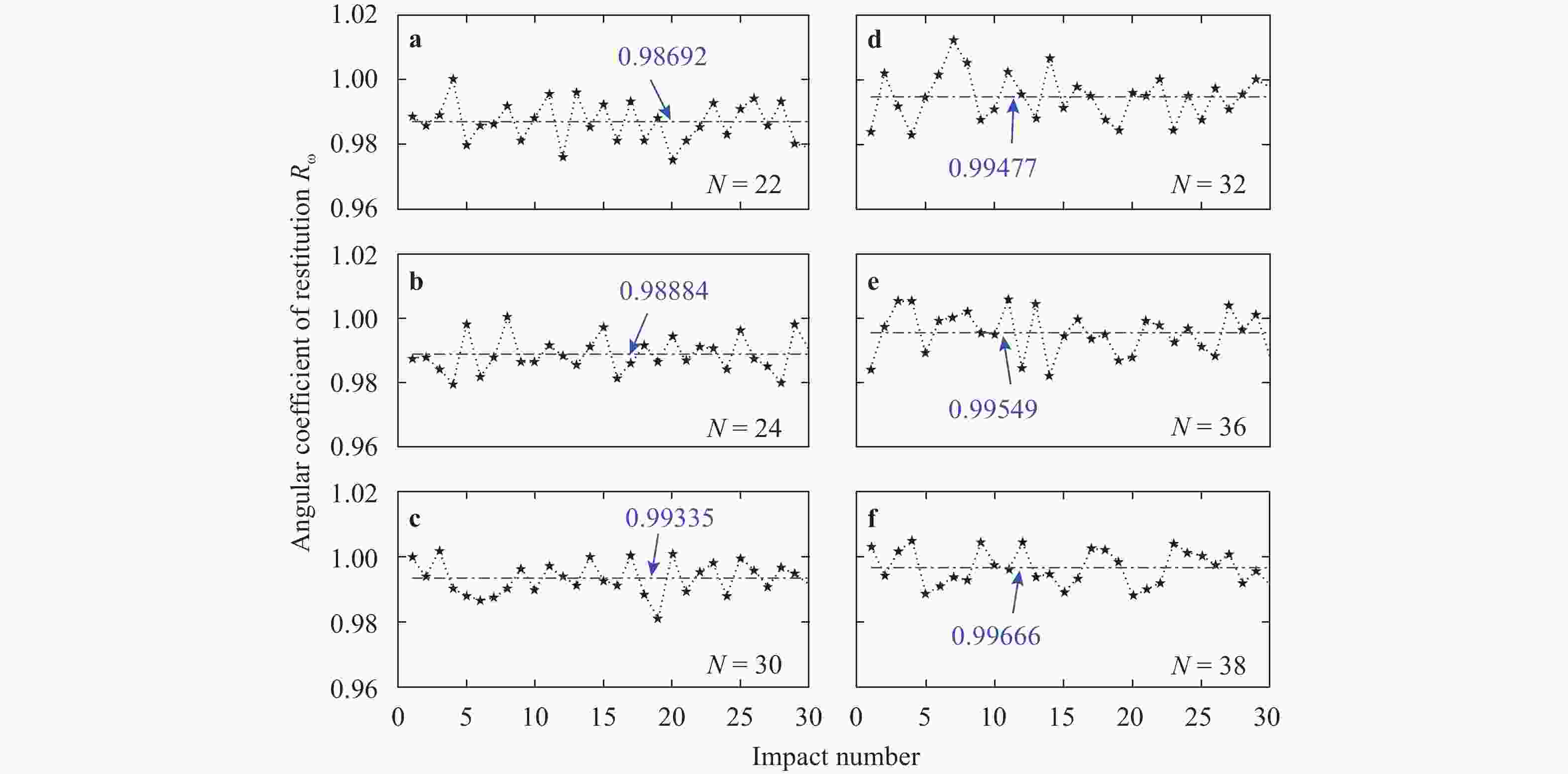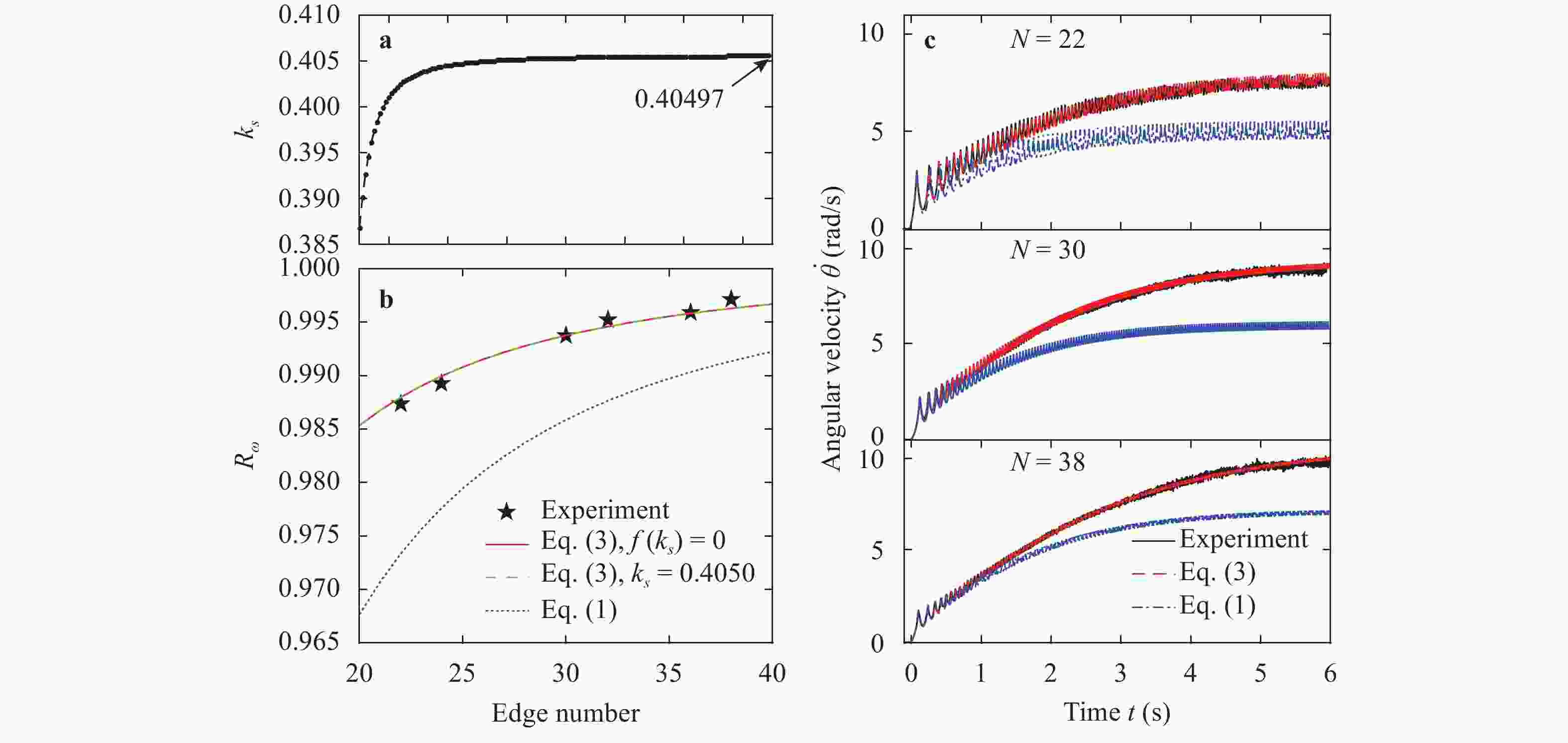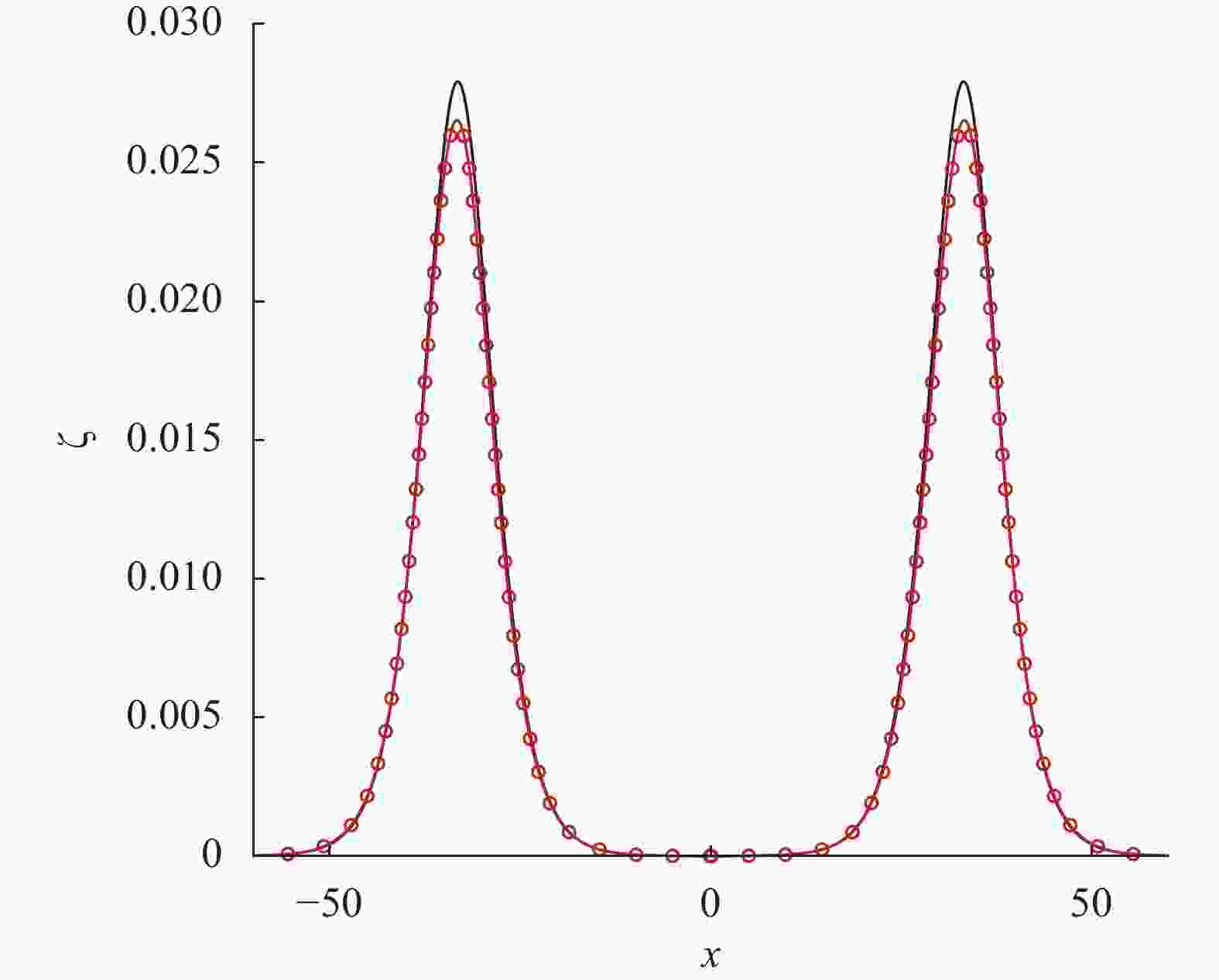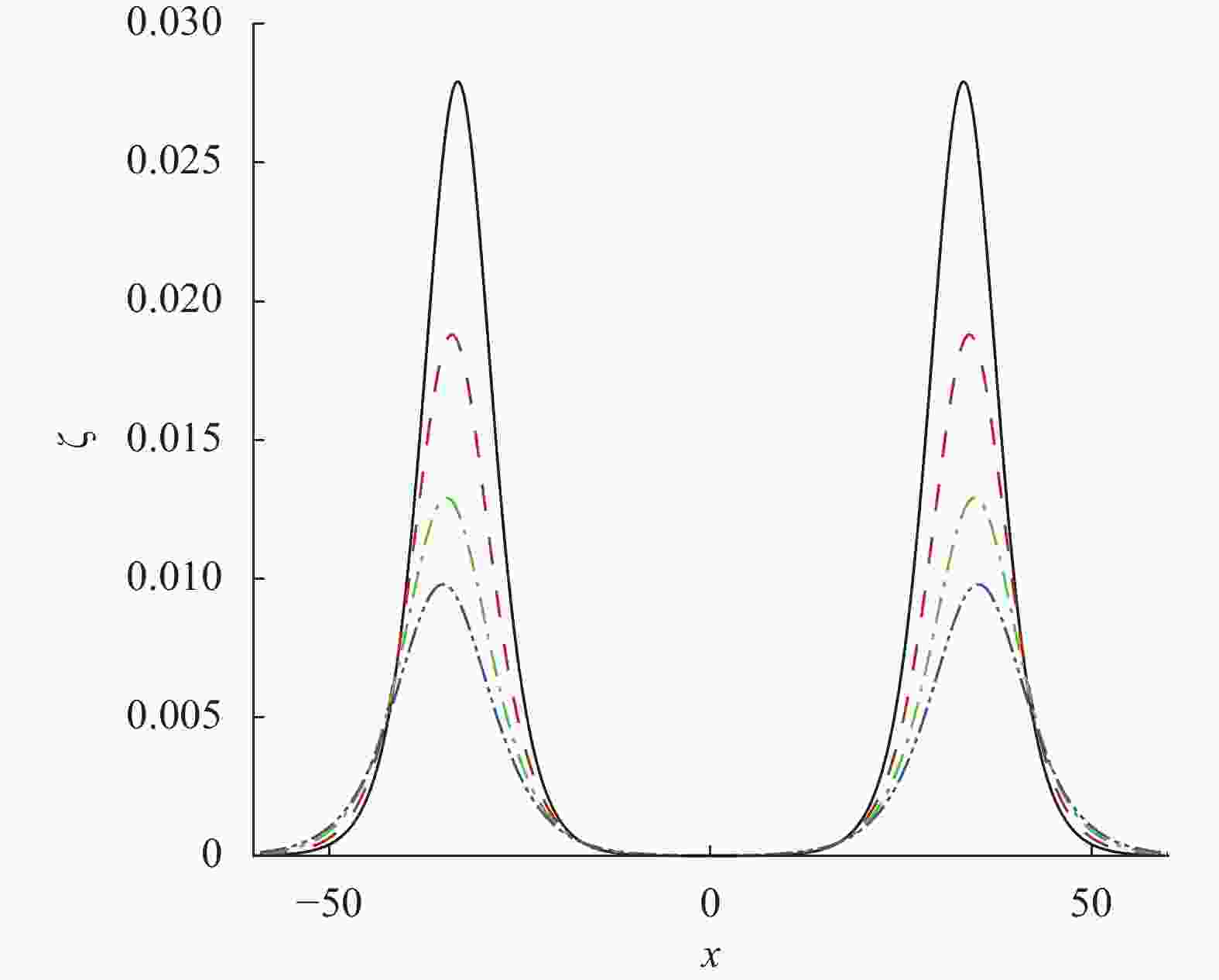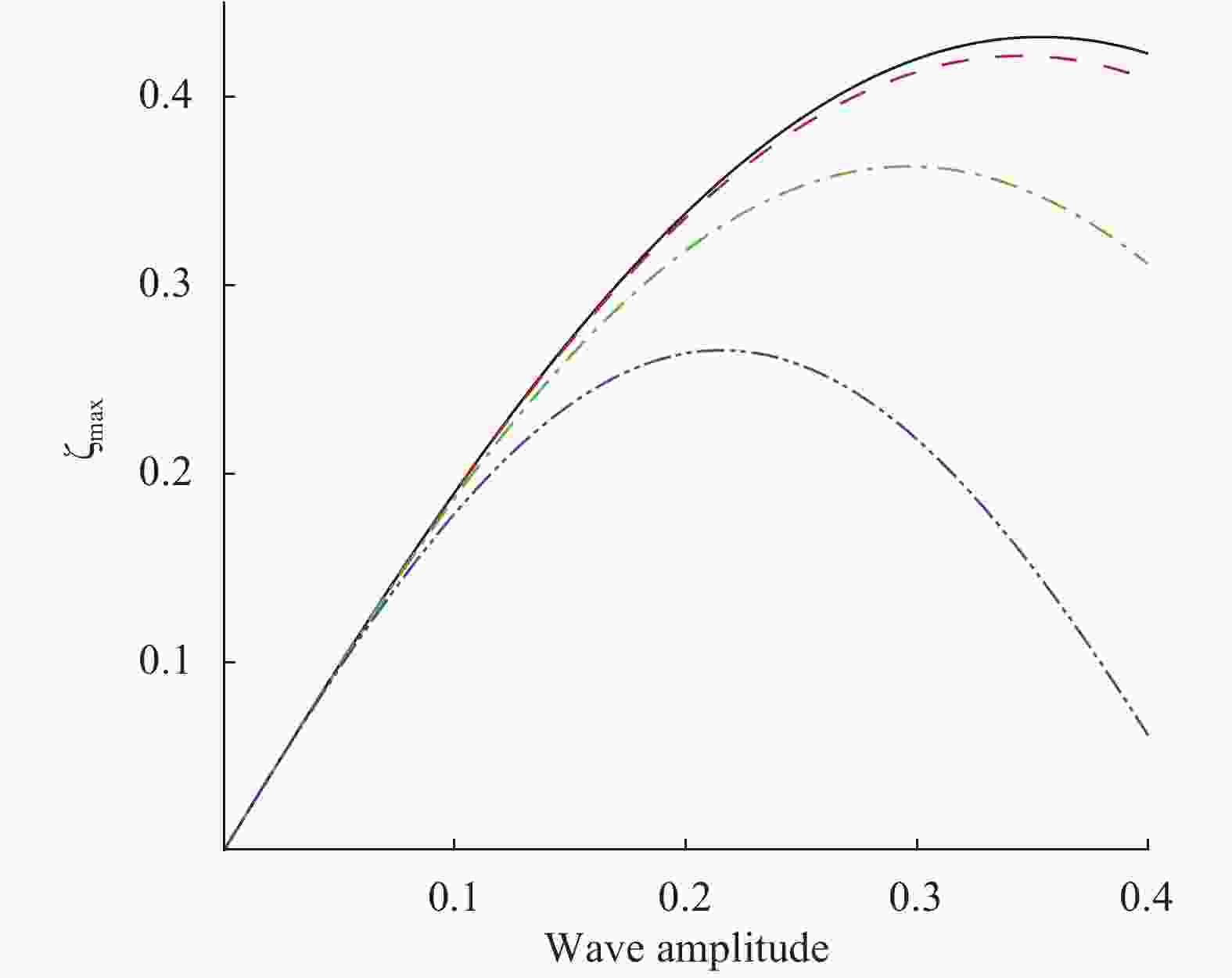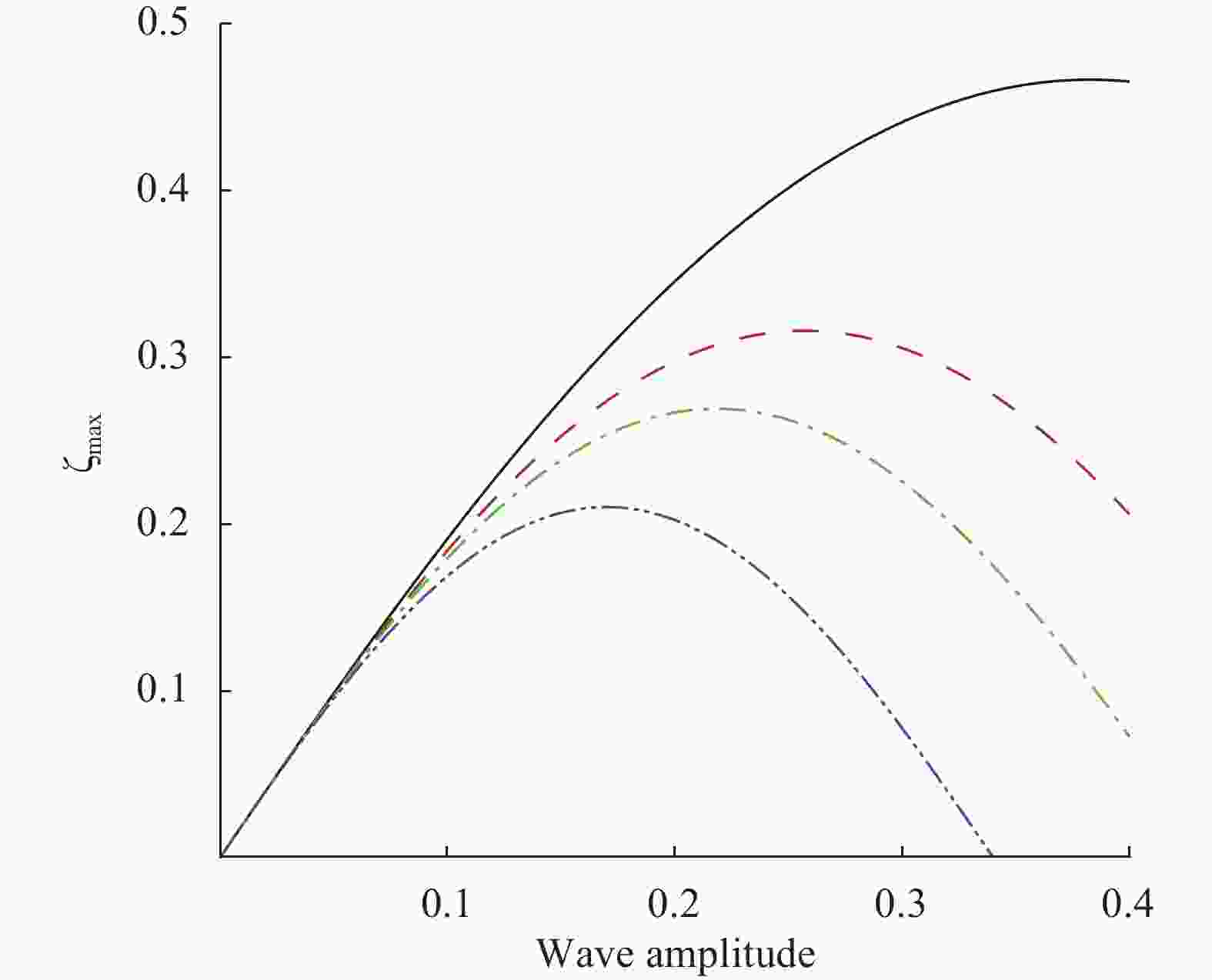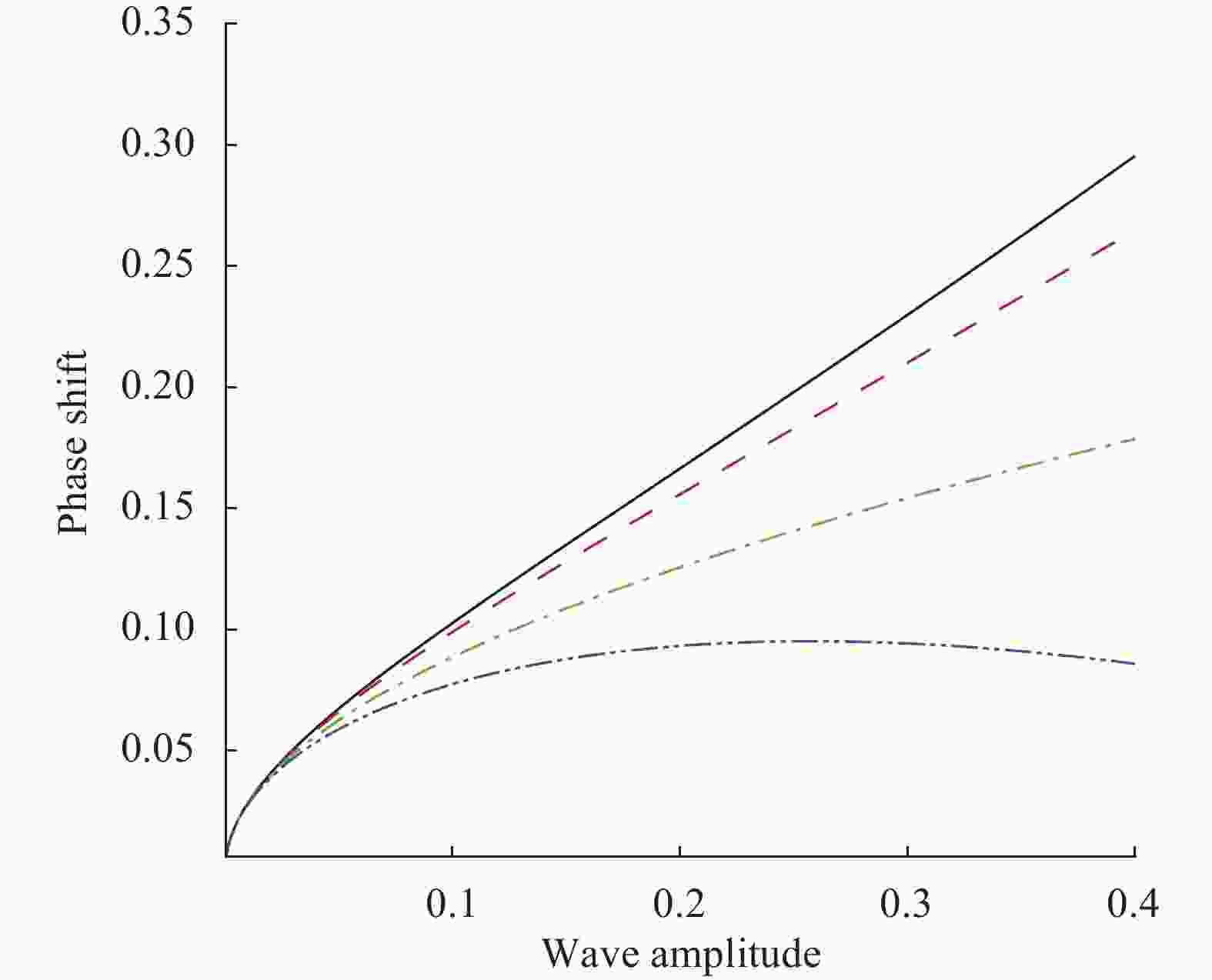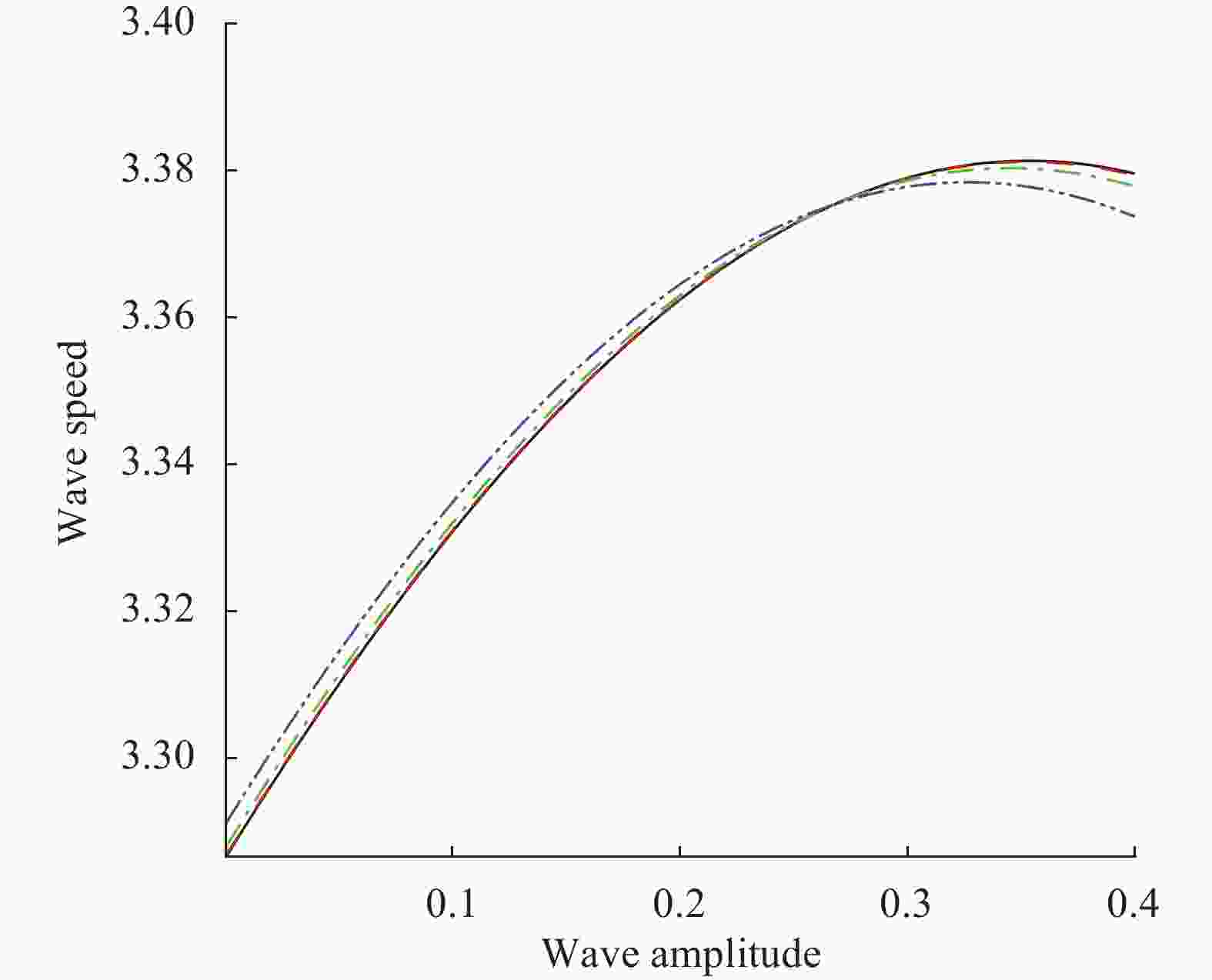Institute of Mechanics,
Chinese Academy of Sciences
2018 Vol.8(6)
Theoretical and Applied Mechanics Letters 2018, 8(6): 361-365.
doi: 10.1016/j.taml.2018.06.004
Abstract:
This paper presents a simple nonparametric regression approach to data-driven computing in elasticity. We apply the kernel regression to the material data set, and formulate a system of nonlinear equations solved to obtain a static equilibrium state of an elastic structure. Preliminary numerical experiments illustrate that, compared with existing methods, the proposed method finds a reasonable solution even if data points distribute coarsely in a given material data set.
This paper presents a simple nonparametric regression approach to data-driven computing in elasticity. We apply the kernel regression to the material data set, and formulate a system of nonlinear equations solved to obtain a static equilibrium state of an elastic structure. Preliminary numerical experiments illustrate that, compared with existing methods, the proposed method finds a reasonable solution even if data points distribute coarsely in a given material data set.
Theoretical and Applied Mechanics Letters 2018, 8(6): 366-371.
doi: 10.1016/j.taml.2018.06.008
Abstract:
Mean sea level rise and climatological wind speed changes occur as part of the ongoing climate change and future projections of both variables are still highly uncertain. Here the Baltic Sea's response in extreme sea levels to perturbations in mean sea level and wind speeds is investigated in a series of simulations with a newly developed storm surge model based on the nucleus for European modeling of the ocean (NEMO)-Nordic. A simple linear model with only two tunable parameters is found to capture the changes in the return levels extremely well. The response to mean sea level rise is linear and nearly spatially uniform, meaning that a mean sea level rise of 1 m increases the return levels by a equal amount everywhere. The response to wind speed perturbations is more complicated and return levels are found to increase more where they are already high. This behaviour is alarming as it suggests that already flooding prone regions like the Gulf of Finland will be disproportionally adversely affected in a future windier climate.
Mean sea level rise and climatological wind speed changes occur as part of the ongoing climate change and future projections of both variables are still highly uncertain. Here the Baltic Sea's response in extreme sea levels to perturbations in mean sea level and wind speeds is investigated in a series of simulations with a newly developed storm surge model based on the nucleus for European modeling of the ocean (NEMO)-Nordic. A simple linear model with only two tunable parameters is found to capture the changes in the return levels extremely well. The response to mean sea level rise is linear and nearly spatially uniform, meaning that a mean sea level rise of 1 m increases the return levels by a equal amount everywhere. The response to wind speed perturbations is more complicated and return levels are found to increase more where they are already high. This behaviour is alarming as it suggests that already flooding prone regions like the Gulf of Finland will be disproportionally adversely affected in a future windier climate.
Theoretical and Applied Mechanics Letters 2018, 8(6): 372-377.
doi: 10.1016/j.taml.2018.06.006
Abstract:
The specific sign of Reynolds stress in the boundary layer on a flat plate at zero incidence is newly interpreted in present paper based on the theory of vortex-induced vortex. It avoids some problems appeared in a traditional explanation, on the basis of relationship between mean and fluctuating flows due to the transport of momentum. Through the analysis of local flow field in the immediate neighborhood of wall, the characteristics of Reynolds stress are identified through introducing turbulence-induced small-scale streamwise eddies above the flat plate. The positive Reynolds stress is theoretically verified. And such new interpretation illustrates that the generation of Reynolds stress, as well as fluctuating velocity, is intrinsically independent of the mean flow. But its specific sign would be determined by the mean flow due to the inertial forces. Other features, such as the intensity relationship among three components of fluctuating velocity, are also presented.
The specific sign of Reynolds stress in the boundary layer on a flat plate at zero incidence is newly interpreted in present paper based on the theory of vortex-induced vortex. It avoids some problems appeared in a traditional explanation, on the basis of relationship between mean and fluctuating flows due to the transport of momentum. Through the analysis of local flow field in the immediate neighborhood of wall, the characteristics of Reynolds stress are identified through introducing turbulence-induced small-scale streamwise eddies above the flat plate. The positive Reynolds stress is theoretically verified. And such new interpretation illustrates that the generation of Reynolds stress, as well as fluctuating velocity, is intrinsically independent of the mean flow. But its specific sign would be determined by the mean flow due to the inertial forces. Other features, such as the intensity relationship among three components of fluctuating velocity, are also presented.
Theoretical and Applied Mechanics Letters 2018, 8(6): 378-383.
doi: 10.1016/j.taml.2018.06.010
Abstract:
An improved smoke-wire flow visualization technique using a large capacitor as the power source was proposed. Electric current discharged from capacitors was used to heat a fine metal wire suspended in the flow field. The oil droplets attached to the wire were vaporized and smoke filaments followed the flow motions. A digital camera was used to record the images of the smoke filaments. The actions of discharging and camera shutter were triggered by signals from a micro-controller to ensure the accurate timing. Clear images of the streaklines were captured at a free-stream velocity up to 12.9 m/s, much higher than the limits of the existing techniques.
An improved smoke-wire flow visualization technique using a large capacitor as the power source was proposed. Electric current discharged from capacitors was used to heat a fine metal wire suspended in the flow field. The oil droplets attached to the wire were vaporized and smoke filaments followed the flow motions. A digital camera was used to record the images of the smoke filaments. The actions of discharging and camera shutter were triggered by signals from a micro-controller to ensure the accurate timing. Clear images of the streaklines were captured at a free-stream velocity up to 12.9 m/s, much higher than the limits of the existing techniques.
Theoretical and Applied Mechanics Letters 2018, 8(6): 393-403.
doi: 10.1016/j.taml.2018.06.001
Abstract:
The linear and nonlinear dynamic responses of a vibratory ring gyroscope are investigated in this study focusing on the response mechanism of such a vibratory gyroscope. It is found that the nonlinear equations governing the drive and sense directions are coupled through both inertial linear and geometric nonlinear terms. Nonlinear responses are studied based on the full coupled nonlinear dynamic equations. The varying amplitude on the sense direction is analyzed for different input angular rates. The effect of nonlinearity on the ring gyroscope system is performed by comparing the results of nonlinear responses to those of linear responses. The contributions of some parameters to the amplitude responses and gyroscope sensitivity are analyzed, the conclusions of which provide guidelines to improve the sensitivity of the vibratory ring gyroscopes.
The linear and nonlinear dynamic responses of a vibratory ring gyroscope are investigated in this study focusing on the response mechanism of such a vibratory gyroscope. It is found that the nonlinear equations governing the drive and sense directions are coupled through both inertial linear and geometric nonlinear terms. Nonlinear responses are studied based on the full coupled nonlinear dynamic equations. The varying amplitude on the sense direction is analyzed for different input angular rates. The effect of nonlinearity on the ring gyroscope system is performed by comparing the results of nonlinear responses to those of linear responses. The contributions of some parameters to the amplitude responses and gyroscope sensitivity are analyzed, the conclusions of which provide guidelines to improve the sensitivity of the vibratory ring gyroscopes.
Theoretical and Applied Mechanics Letters 2018, 8(6): 404-407.
doi: 10.1016/j.taml.2018.06.002
Abstract:
The current structure-preserving theory, including the symplectic method and the multi-symplectic method, pays most attention on the conservative properties of the continuous systems because that the conservative properties of the conservative systems can be formulated in the mathematical form. But, the nonconservative characteristics are the nature of the systems existing in engineering. In this letter, the structure-preserving approach for the infinite dimensional nonconservative systems is proposed based on the generalized multi-symplectic method to broaden the application fields of the current structure-preserving idea. In the numerical examples, two nonconservative factors, including the strong excitation on the string and the impact on the cantilever, are considered respectively. The vibrations of the string and the cantilever are investigated by the structure-preserving approach and the good long-time numerical behaviors as well as the high numerical precision of which are illustrated by the numerical results presented.
The current structure-preserving theory, including the symplectic method and the multi-symplectic method, pays most attention on the conservative properties of the continuous systems because that the conservative properties of the conservative systems can be formulated in the mathematical form. But, the nonconservative characteristics are the nature of the systems existing in engineering. In this letter, the structure-preserving approach for the infinite dimensional nonconservative systems is proposed based on the generalized multi-symplectic method to broaden the application fields of the current structure-preserving idea. In the numerical examples, two nonconservative factors, including the strong excitation on the string and the impact on the cantilever, are considered respectively. The vibrations of the string and the cantilever are investigated by the structure-preserving approach and the good long-time numerical behaviors as well as the high numerical precision of which are illustrated by the numerical results presented.
Theoretical and Applied Mechanics Letters 2018, 8(6): 408-414.
doi: 10.1016/j.taml.2018.06.003
Abstract:
The dynamic behavior of two-dimensional nanostructures is important to the future application of nano devices. The vibrational behaviors of single-layered hexagonal boron nitride (h-BN) are studied by molecular dynamics simulation and continuum plate model. The bending stiffness and Poisson's ratios of h-BN along zigzag direction and armchair direction are calculated. H-BN is softer compared with graphene. The continuum plate model can predict the vibration of h-BN with four edge-clamped boundary conditions well. The electric fields in different directions have obvious influence on the vibration of h-BN. The natural frequency of h-BN changes linearly with the electric field intensity along the polarization direction. The natural frequency of h-BN decreases with the increase of electric field intensity along both positive and negative non-polarization direction. While the natural frequency of h-BN increases with the increase of electric field intensity along both positive and negative transverse electric field.
The dynamic behavior of two-dimensional nanostructures is important to the future application of nano devices. The vibrational behaviors of single-layered hexagonal boron nitride (h-BN) are studied by molecular dynamics simulation and continuum plate model. The bending stiffness and Poisson's ratios of h-BN along zigzag direction and armchair direction are calculated. H-BN is softer compared with graphene. The continuum plate model can predict the vibration of h-BN with four edge-clamped boundary conditions well. The electric fields in different directions have obvious influence on the vibration of h-BN. The natural frequency of h-BN changes linearly with the electric field intensity along the polarization direction. The natural frequency of h-BN decreases with the increase of electric field intensity along both positive and negative non-polarization direction. While the natural frequency of h-BN increases with the increase of electric field intensity along both positive and negative transverse electric field.
Theoretical and Applied Mechanics Letters 2018, 8(6): 415-424.
doi: 10.1016/j.taml.2018.06.005
Abstract:
The spacecraft with multistage solar panels have nonlinear coupling between attitudes of central body and solar panels, especially the rotation of central body is considered in space. The dynamics model is based for dynamics analysis and control, and the multistage solar panels means the dynamics modeling will be very complex. In this research, the Lie group variational integrator method is introduced, and the dynamics model of spacecraft with solar panels that connects together by flexible joints is built. The most obvious character of this method is that the attitudes of central body and solar panels are all described by three-dimensional attitude matrix. The dynamics models of spacecraft with one and three solar panels are established and simulated. The study shows Lie group variational integrator method avoids parameters coupling and effectively reduces difficulty of modeling. The obtained continuous dynamics model based on Lie group is a set of ordinary differential equations and equivalent with traditional dynamics model that offers a basis for the geometry control.
The spacecraft with multistage solar panels have nonlinear coupling between attitudes of central body and solar panels, especially the rotation of central body is considered in space. The dynamics model is based for dynamics analysis and control, and the multistage solar panels means the dynamics modeling will be very complex. In this research, the Lie group variational integrator method is introduced, and the dynamics model of spacecraft with solar panels that connects together by flexible joints is built. The most obvious character of this method is that the attitudes of central body and solar panels are all described by three-dimensional attitude matrix. The dynamics models of spacecraft with one and three solar panels are established and simulated. The study shows Lie group variational integrator method avoids parameters coupling and effectively reduces difficulty of modeling. The obtained continuous dynamics model based on Lie group is a set of ordinary differential equations and equivalent with traditional dynamics model that offers a basis for the geometry control.
Theoretical and Applied Mechanics Letters 2018, 8(6): 425-430.
doi: 10.1016/j.taml.2018.06.007
Abstract:
We study experimentally and theoretically the planar dynamics of purely rolling prisms on a rough ramp, where the rolling motion is interrupted intermittently by edge impacts. The experiments were carried out for prisms made of different materials and having different geometries. We found that the angular velocities of the rolling prisms are material-independent, but they change significantly with their geometry. We modelled the dynamics of edge impacts by considering a so-called detachment front propagating across the contact interface. The detachment front represents the moving boundary between a detached region and a stress region that coexist within the interface plane. The theoretical analysis indicates that the detachment front can be characterized by a scale number, whose value converges to 0.4050 for prisms having large number of edges. A new jump rule for edge impacts is then developed, by which we can accurately reproduce the experimental observations, and explain why the motion of the prism is material-independent.
We study experimentally and theoretically the planar dynamics of purely rolling prisms on a rough ramp, where the rolling motion is interrupted intermittently by edge impacts. The experiments were carried out for prisms made of different materials and having different geometries. We found that the angular velocities of the rolling prisms are material-independent, but they change significantly with their geometry. We modelled the dynamics of edge impacts by considering a so-called detachment front propagating across the contact interface. The detachment front represents the moving boundary between a detached region and a stress region that coexist within the interface plane. The theoretical analysis indicates that the detachment front can be characterized by a scale number, whose value converges to 0.4050 for prisms having large number of edges. A new jump rule for edge impacts is then developed, by which we can accurately reproduce the experimental observations, and explain why the motion of the prism is material-independent.
Theoretical and Applied Mechanics Letters 2018, 8(6): 384-392.
doi: 10.1016/j.taml.2018.06.009
Abstract:
Head-on collision between two hydroelastic solitary waves propagating at the surface of an incompressible and ideal fluid covered by a thin ice sheet is analytically studied by means of a singular perturbation method. The ice sheet is represented by the Plotnikov-Toland model with the help of the special Cosserat theory of hyperelastic shells and the Kirchhoff-Love plate theory, which yields the nonlinear and conservative expression for the bending forces. The shallow water assumption is taken for the fluid motion with the Boussinesq approximation. The resulting governing equations are solved asymptotically with the aid of the Poincar \begin{document}$\acute{\rm{e}}$\end{document} ![]()
![]()
-Lighthill-Kuo method, and the solutions up to the third order are explicitly presented. It is observed that solitary waves after collision do not change their shapes and amplitudes. The wave profile is symmetric before collision, and it becomes, after collision, unsymmetric and titled backward in the direction of wave propagation. The wave profile significantly reduces due to greater impacts of elastic plate and surface tension. A graphical comparison is presented with published results, and the graphical comparison between linear and nonlinear elastic plate models is also shown as a special case of our study.
Head-on collision between two hydroelastic solitary waves propagating at the surface of an incompressible and ideal fluid covered by a thin ice sheet is analytically studied by means of a singular perturbation method. The ice sheet is represented by the Plotnikov-Toland model with the help of the special Cosserat theory of hyperelastic shells and the Kirchhoff-Love plate theory, which yields the nonlinear and conservative expression for the bending forces. The shallow water assumption is taken for the fluid motion with the Boussinesq approximation. The resulting governing equations are solved asymptotically with the aid of the Poincar
 Submit a Paper
Submit a Paper
 Subscription
Subscription
News
MORE+
Call for Papers
MORE+
- Crossing-Mechanics Driven by Big Data
- Machine learning in the fluid mechanics research of wind energy
- Mechanics of Origami/Kirigami structures and metamaterials
- New insights and perspectives on impact biomechanics for human tissues: from injury prevention, protection to protective equipment
- Environmental Mechanics for Extreme Natural Events



